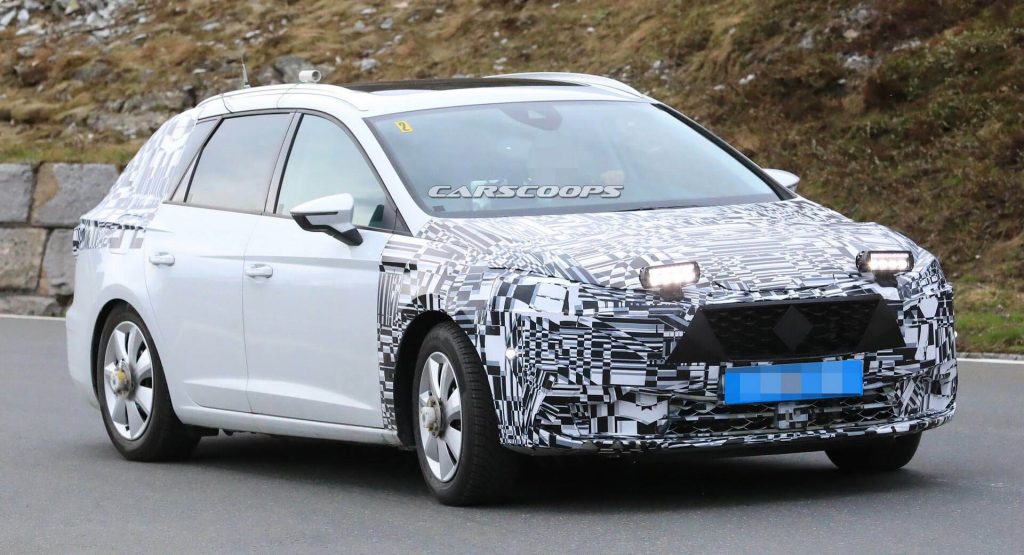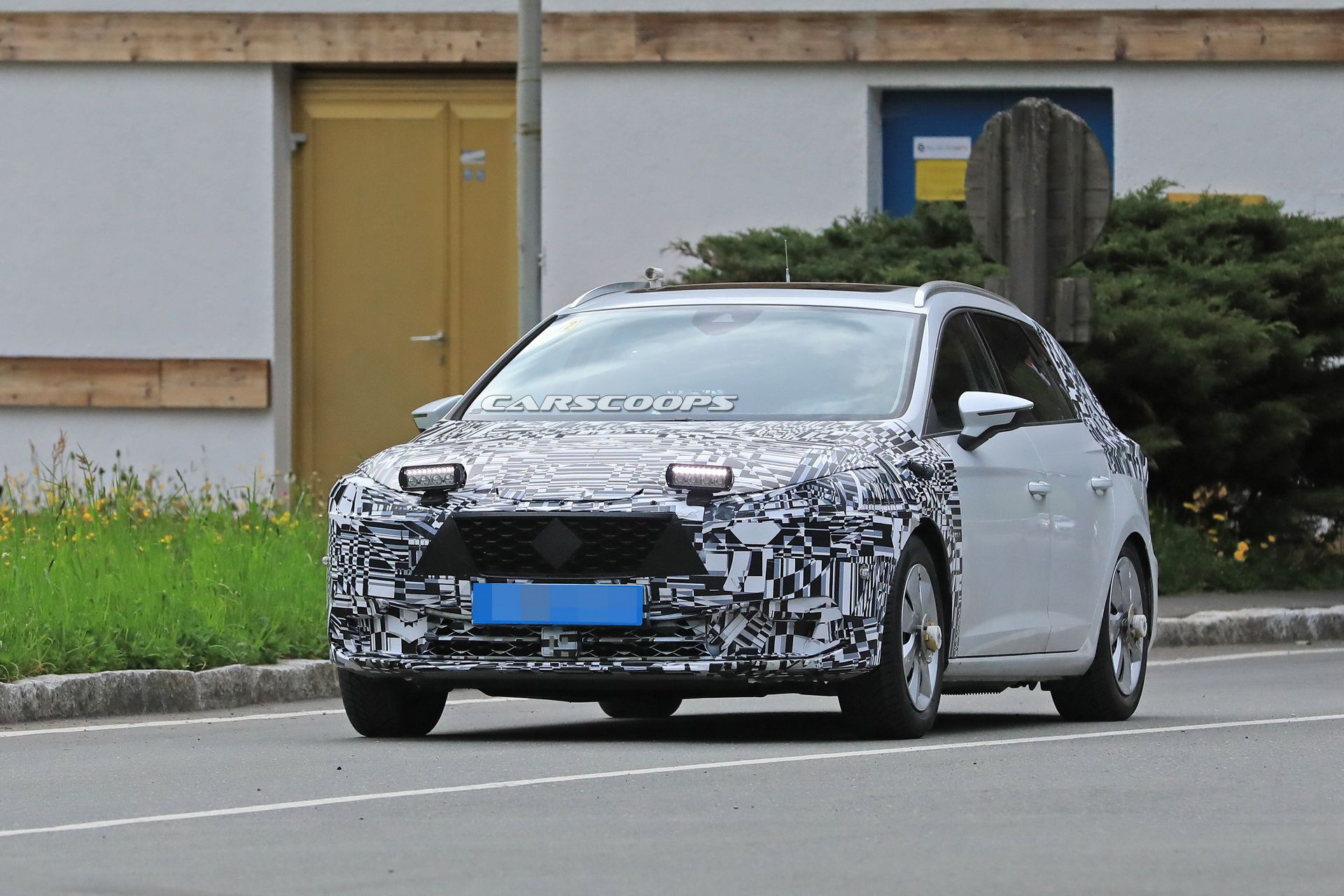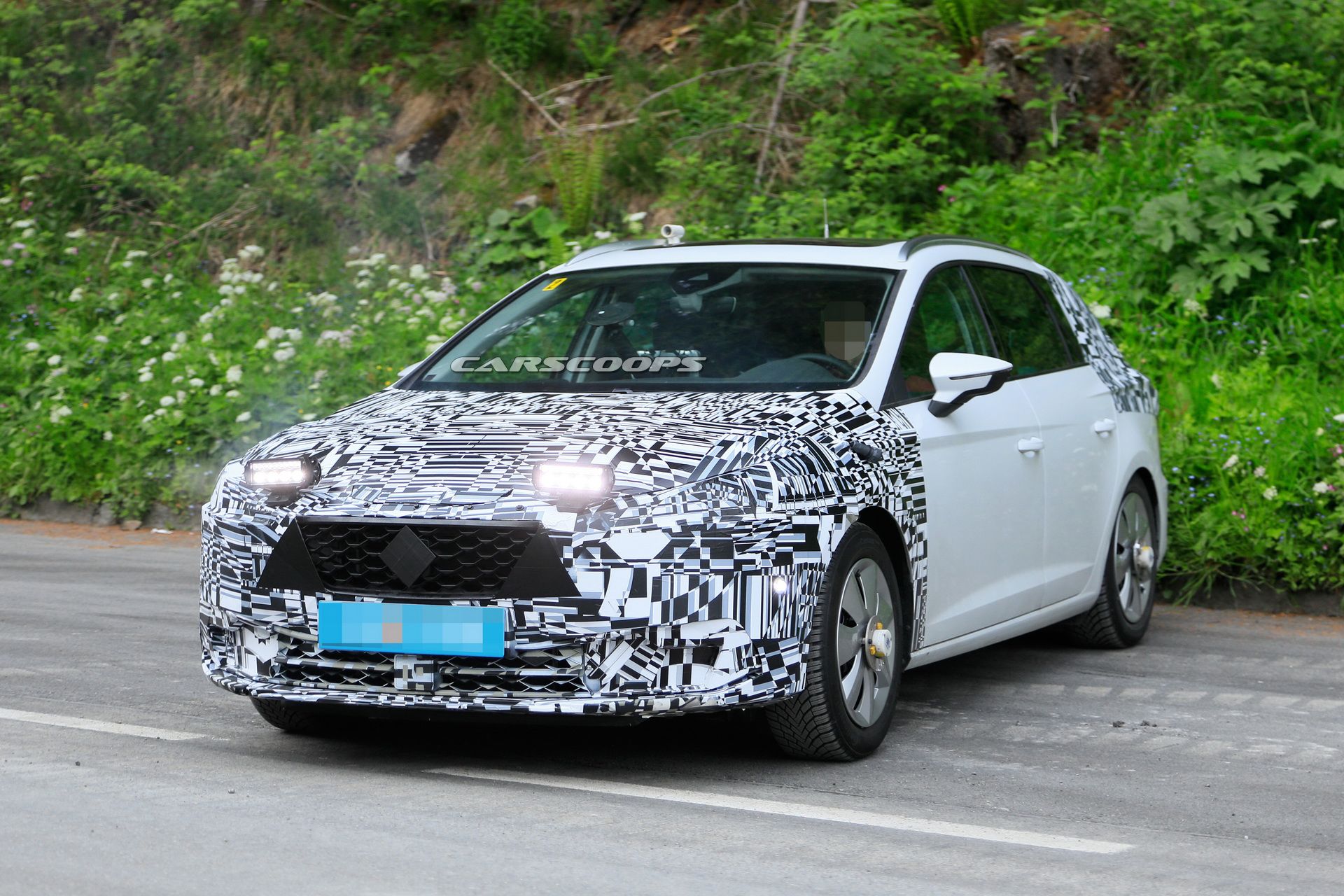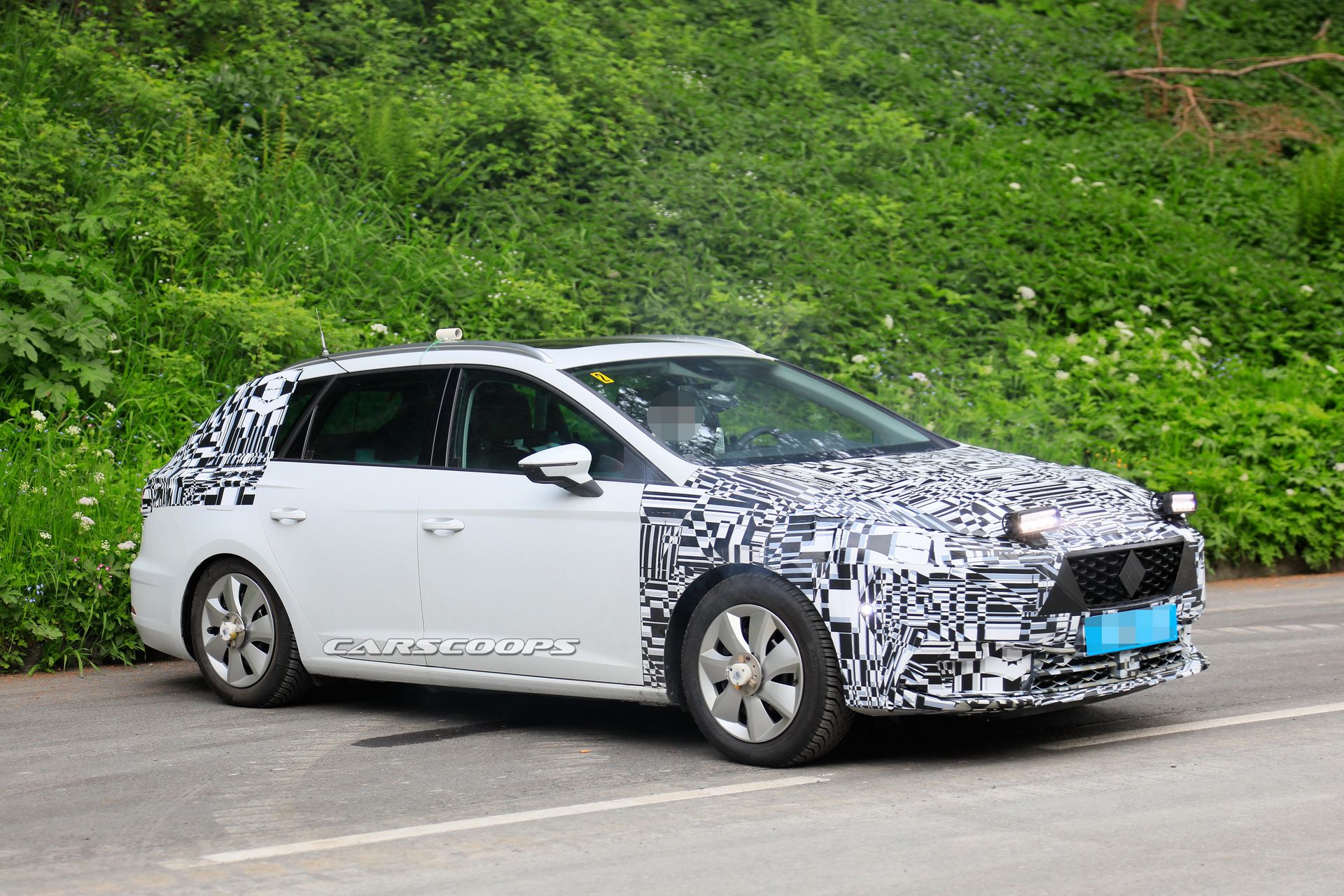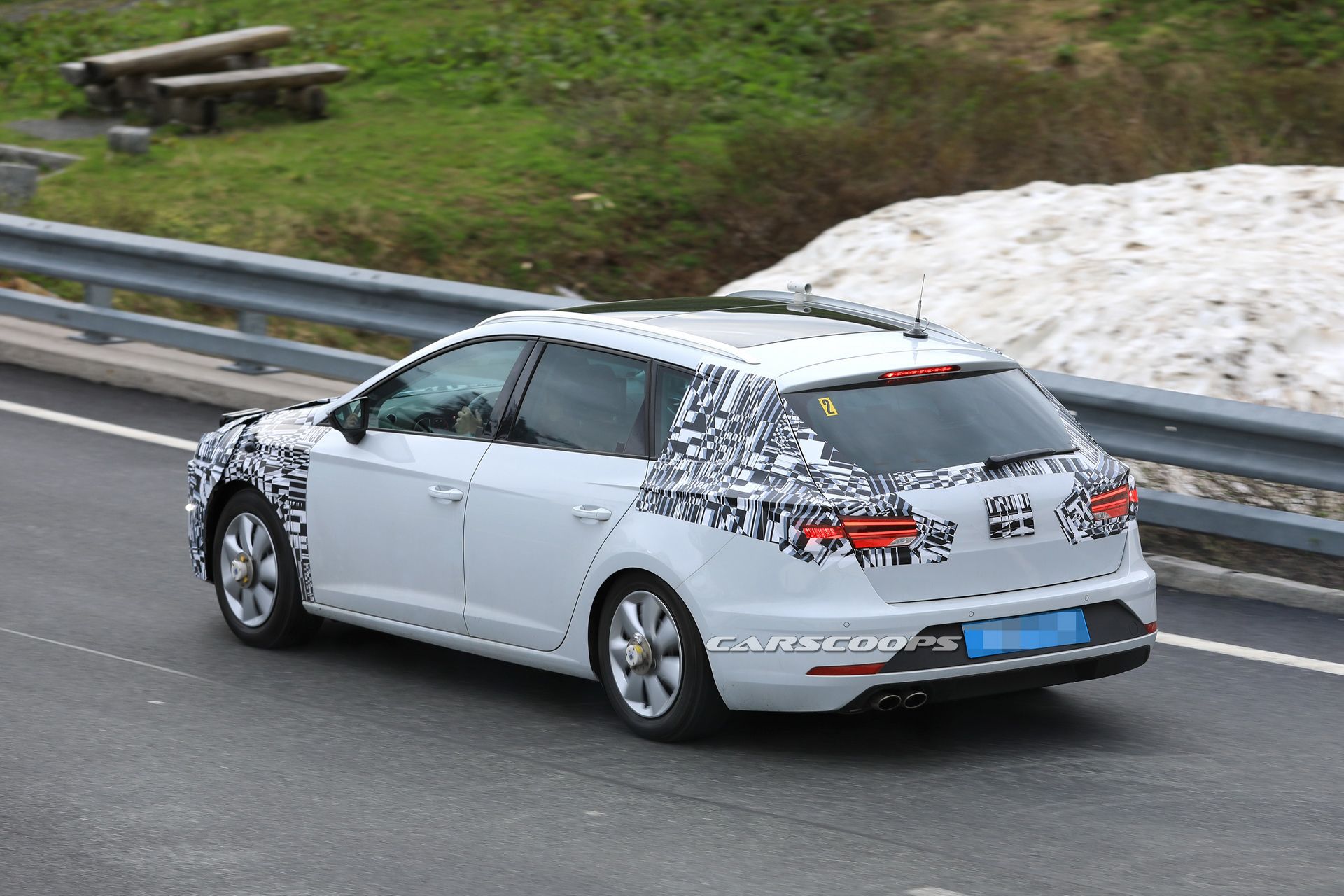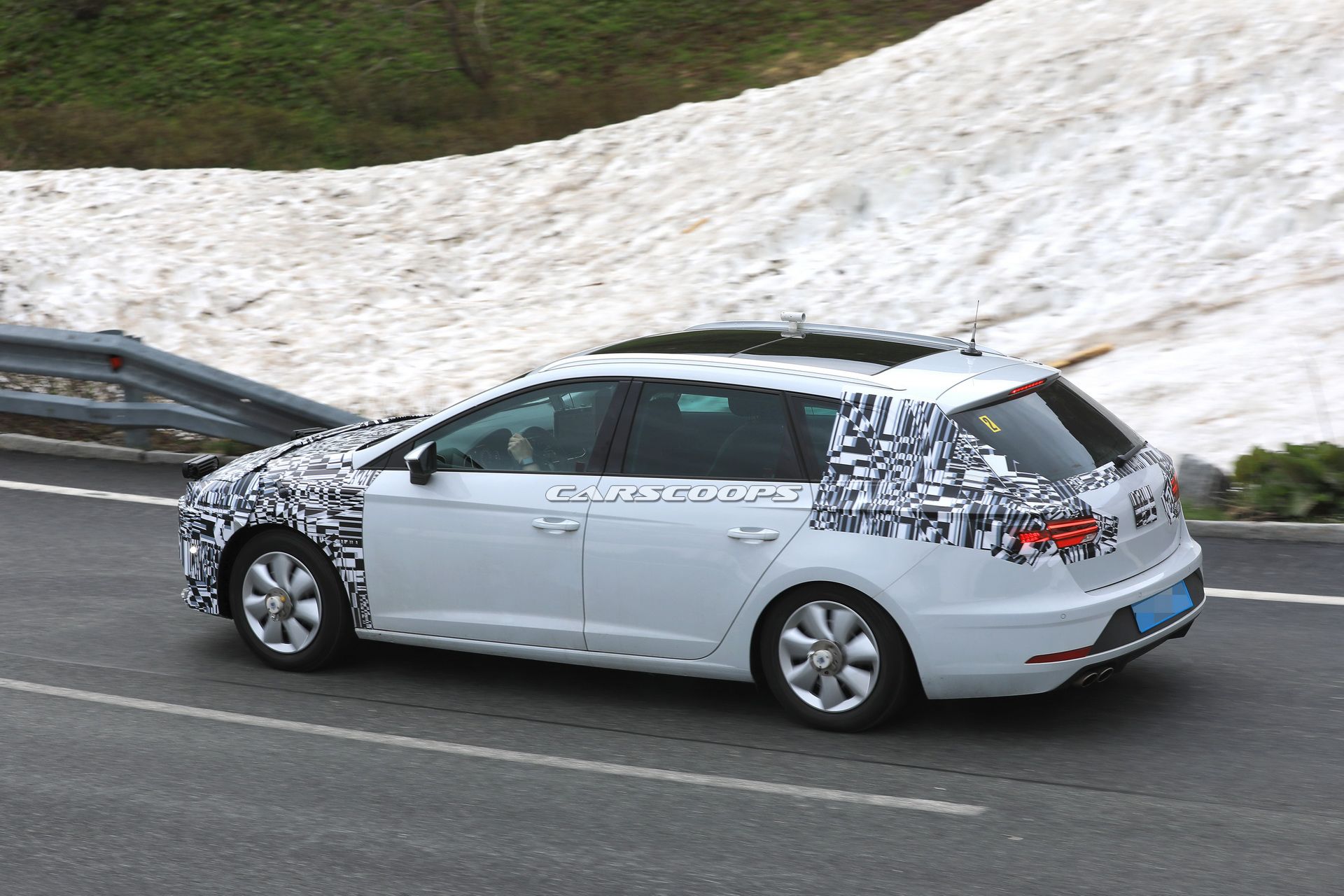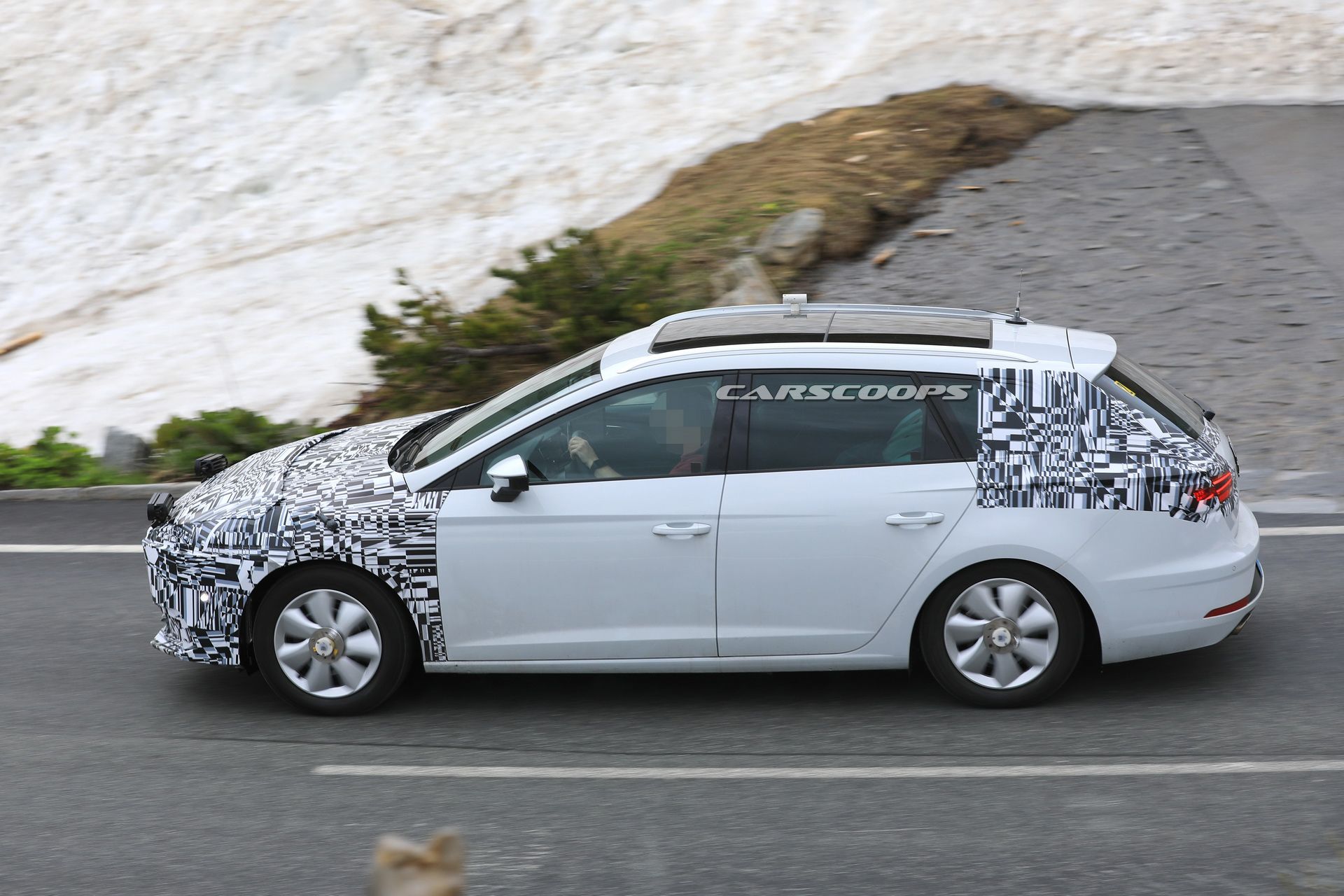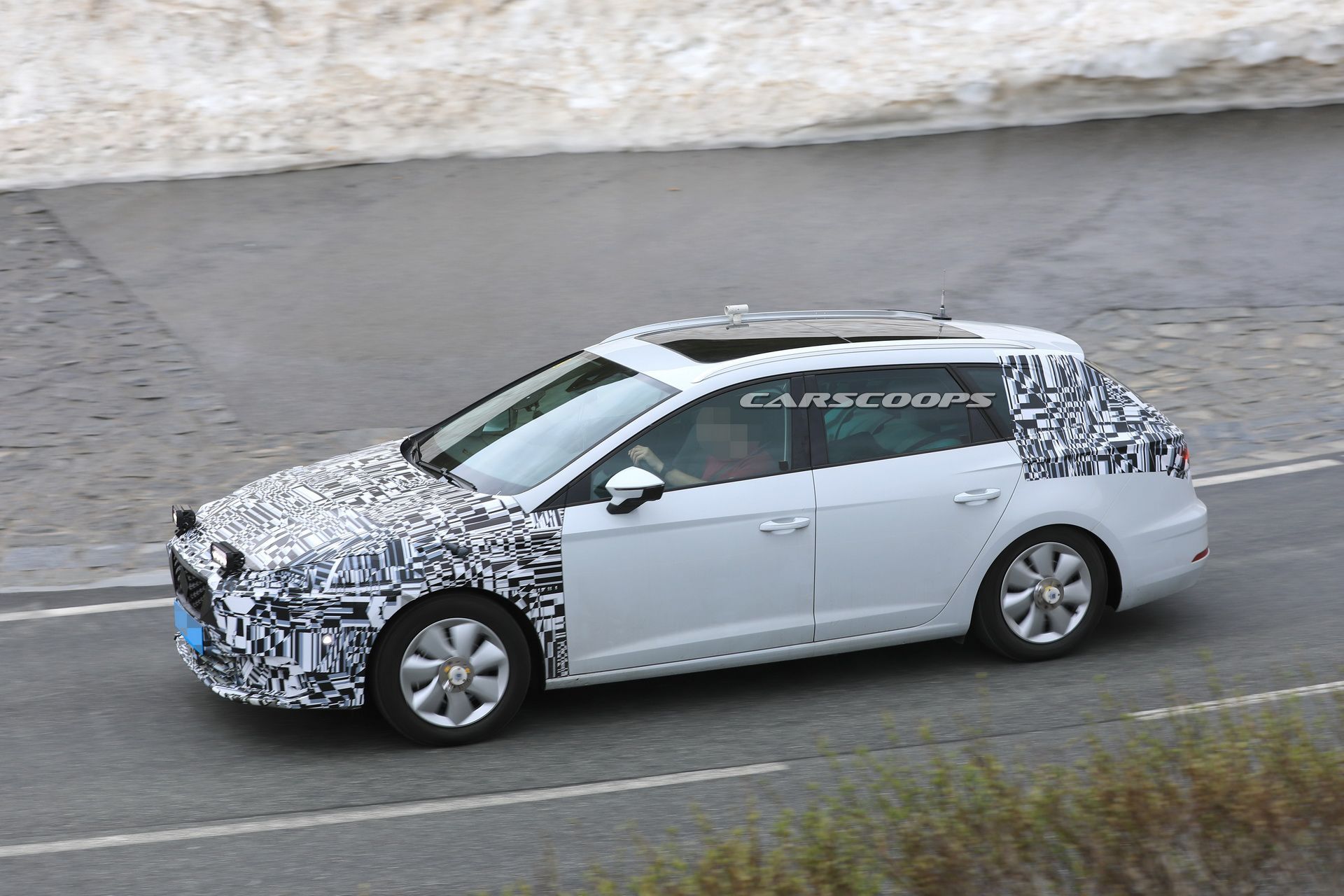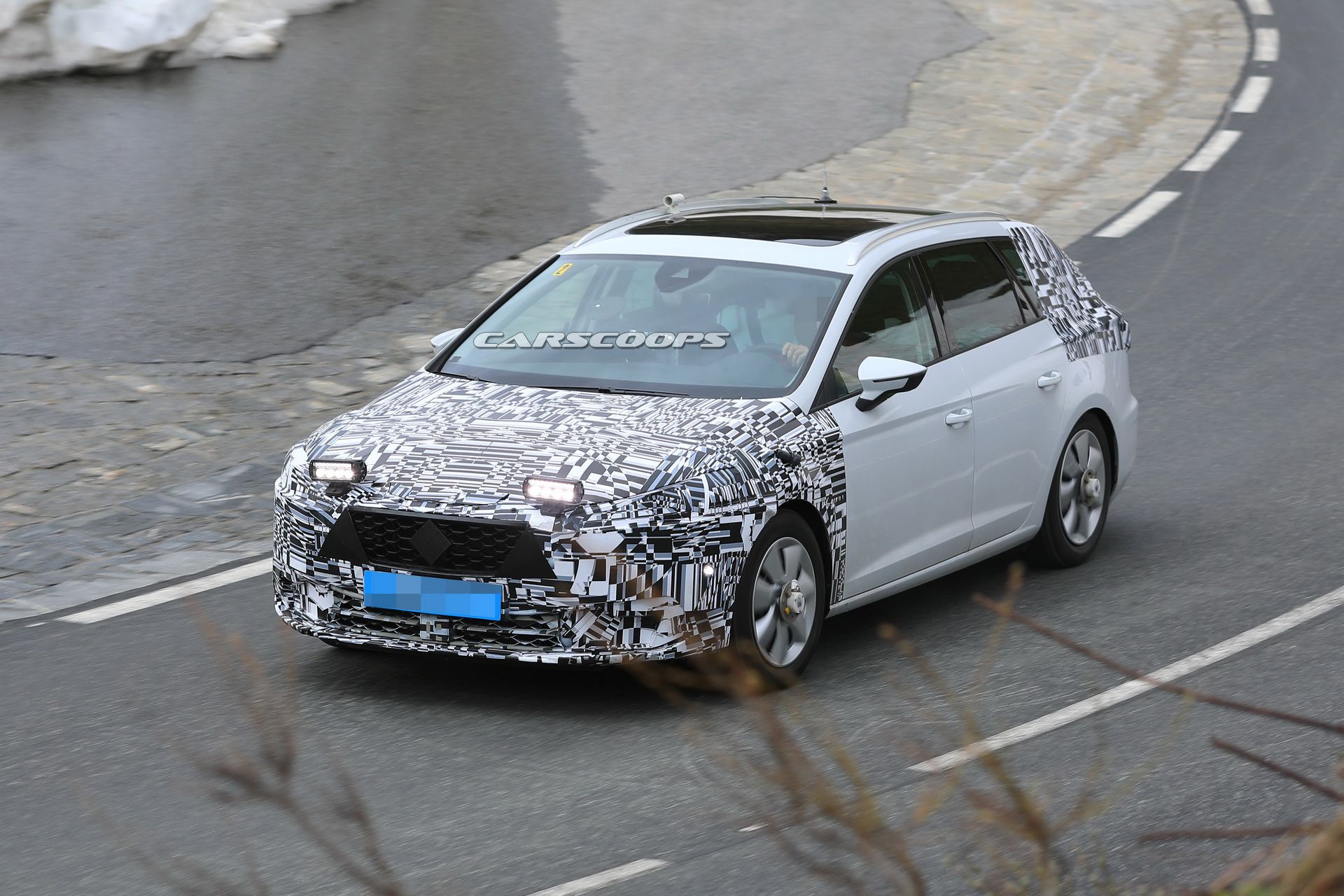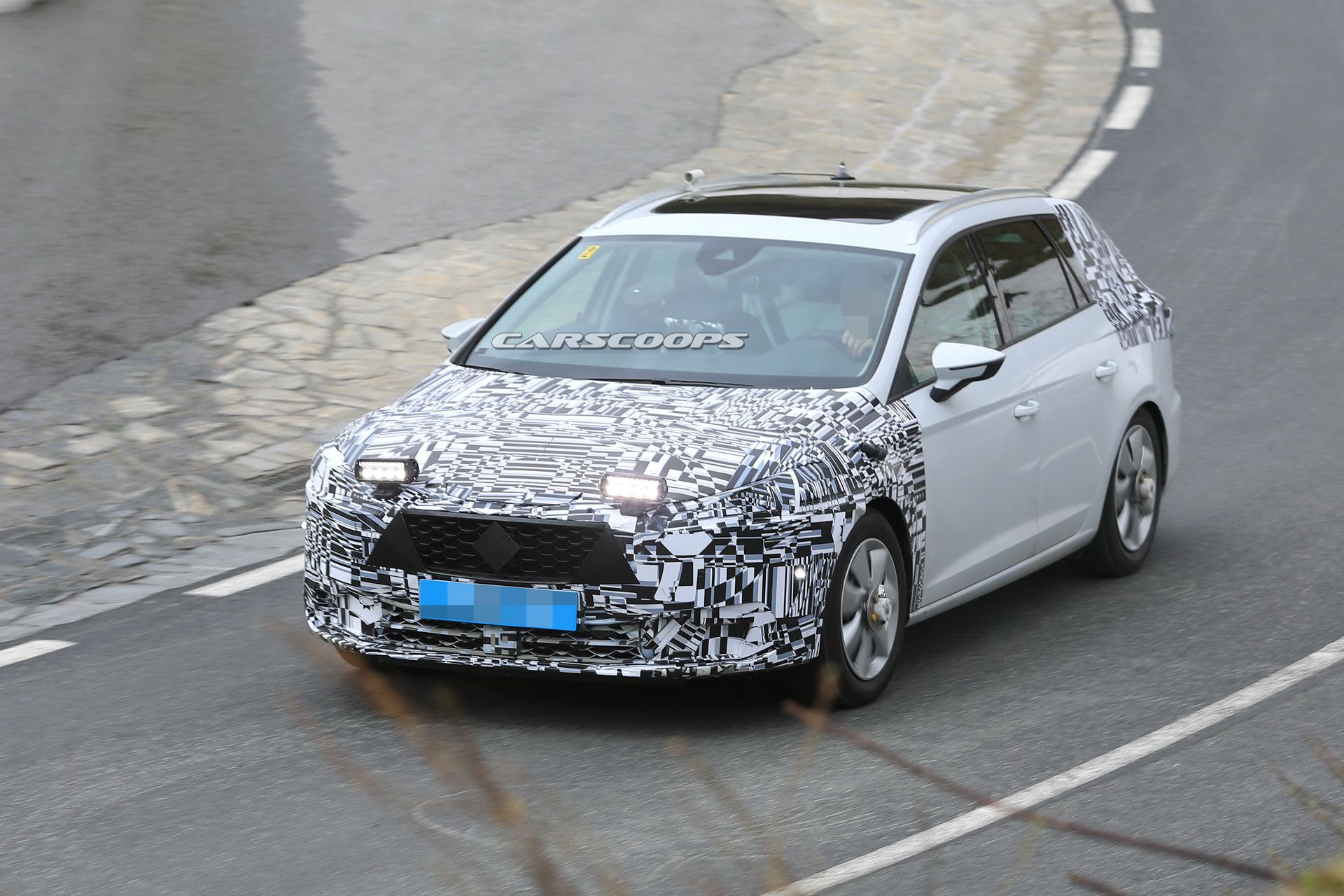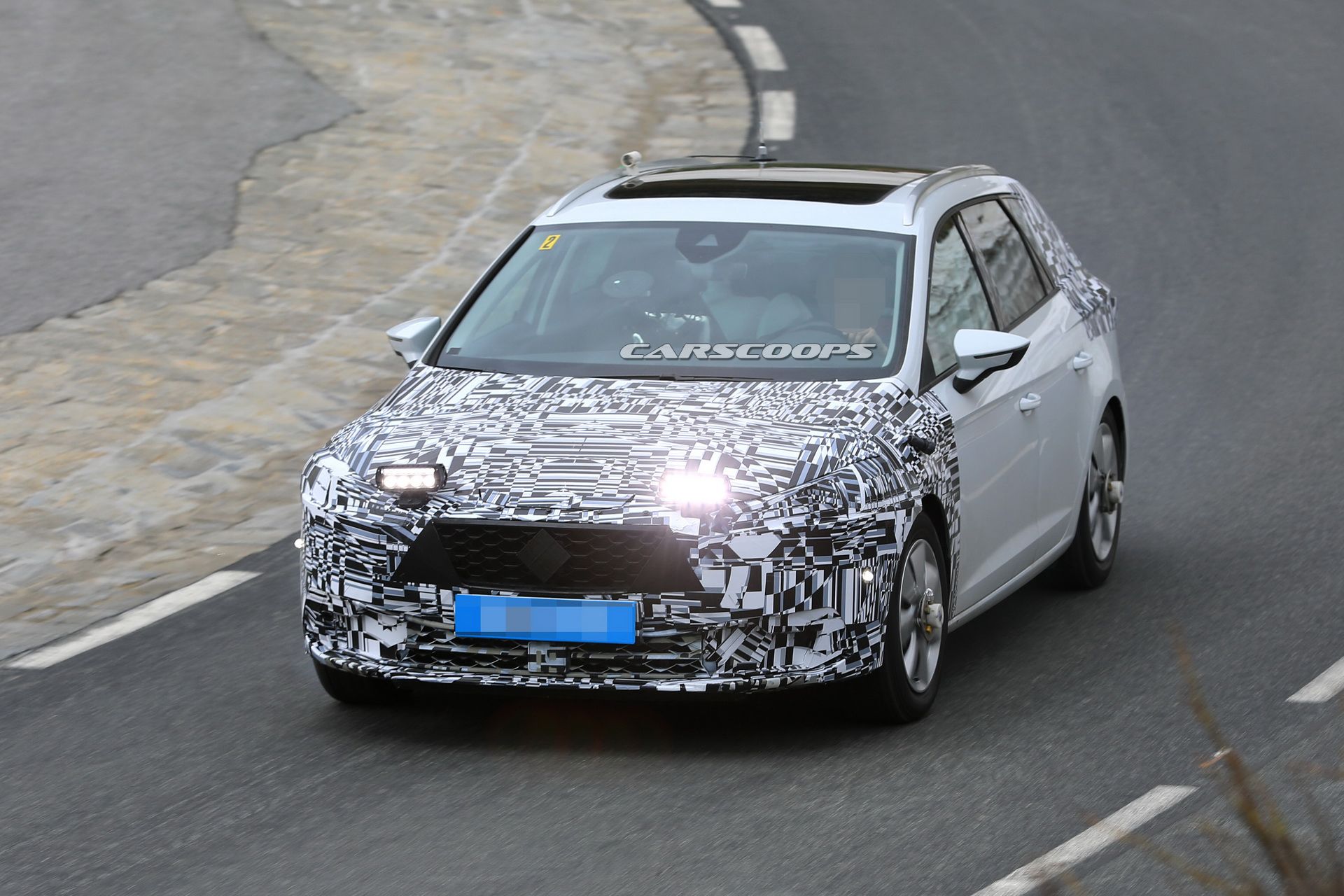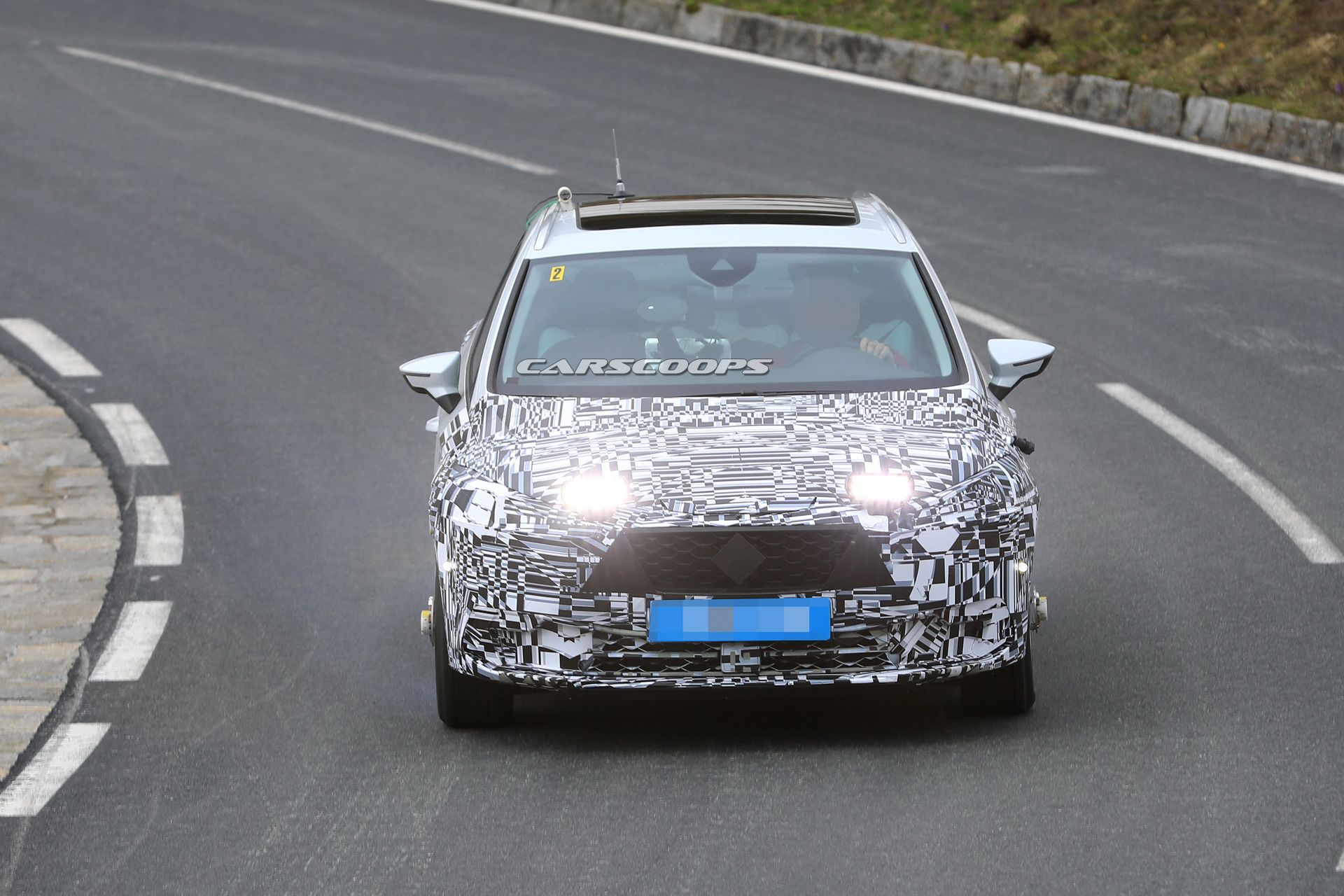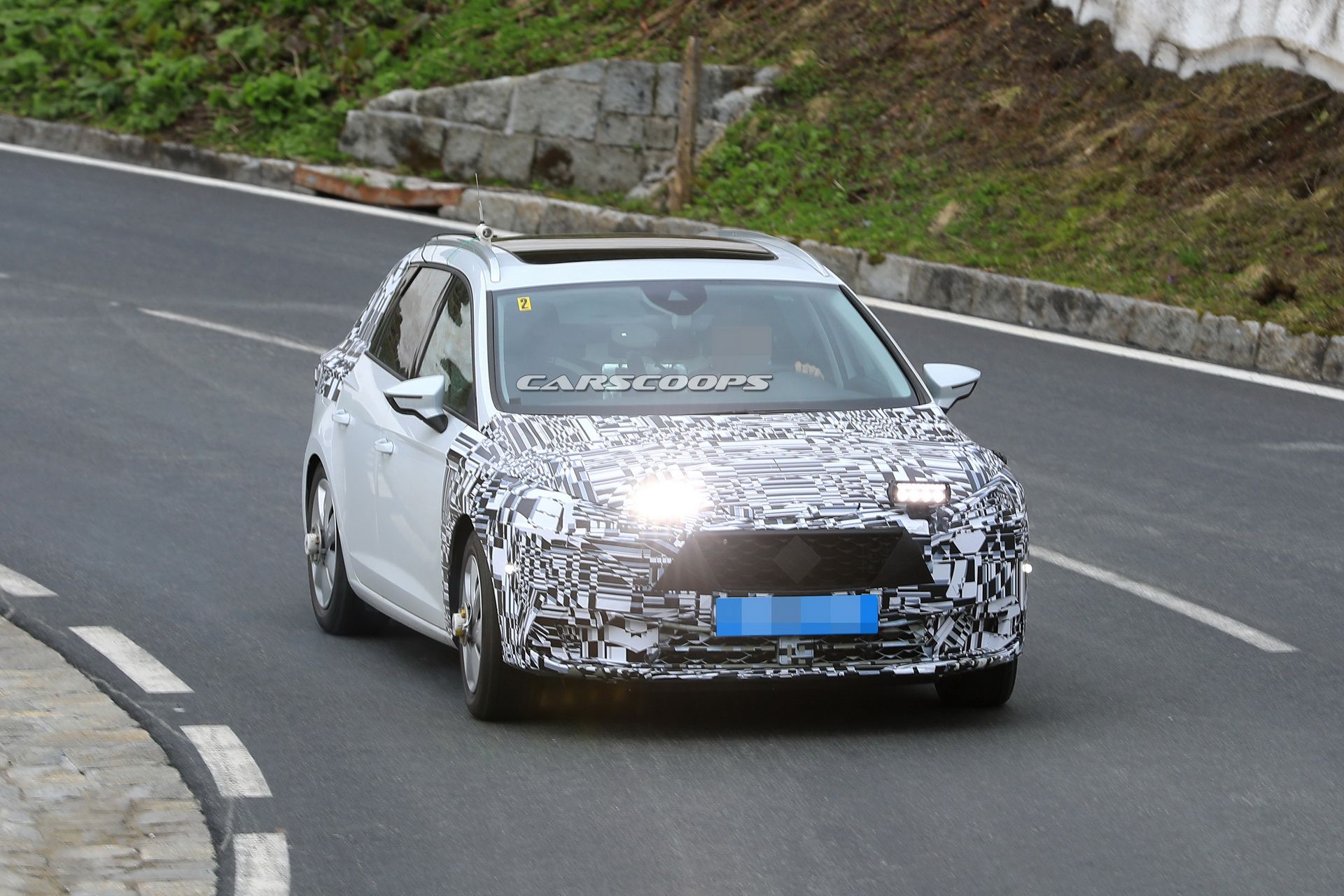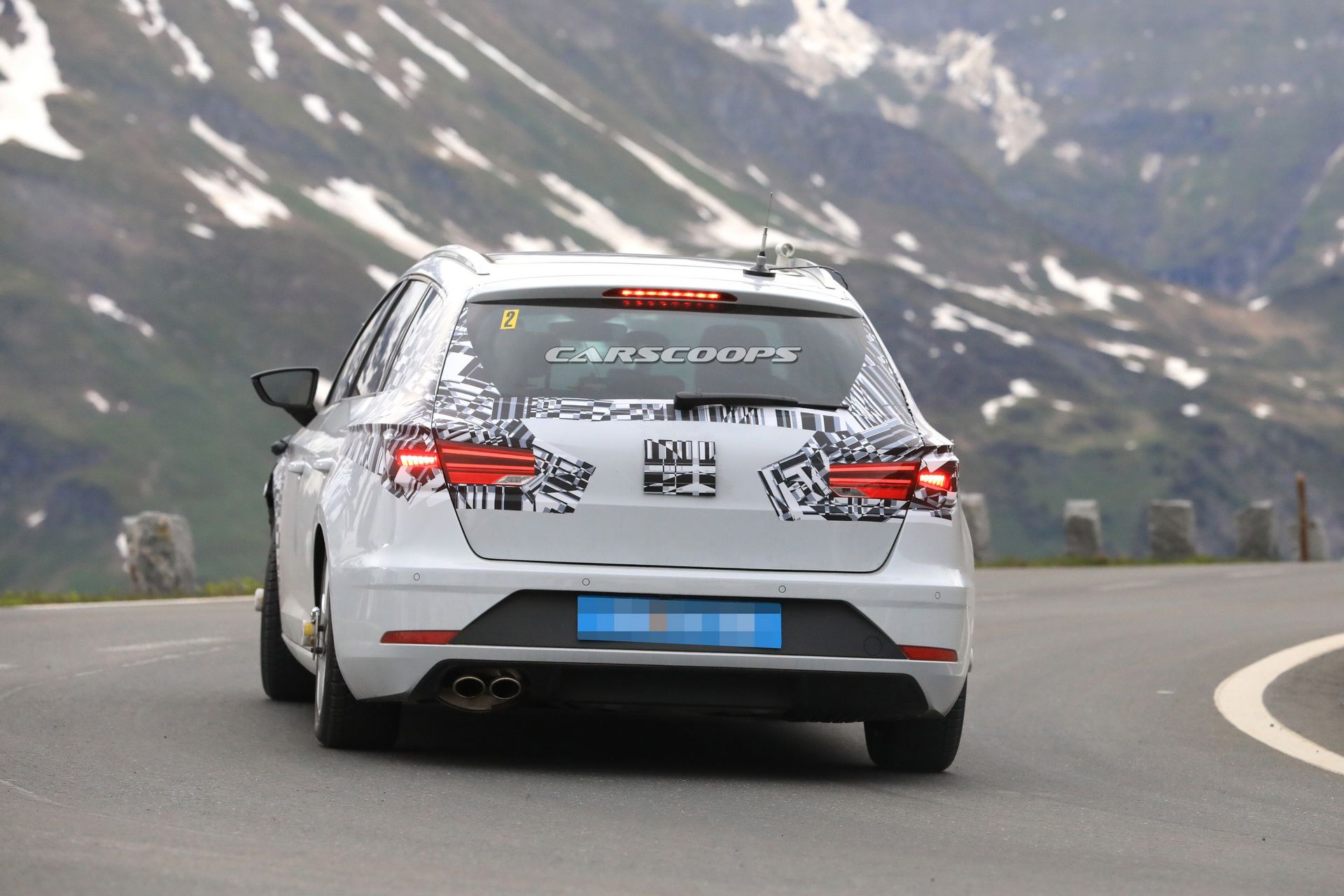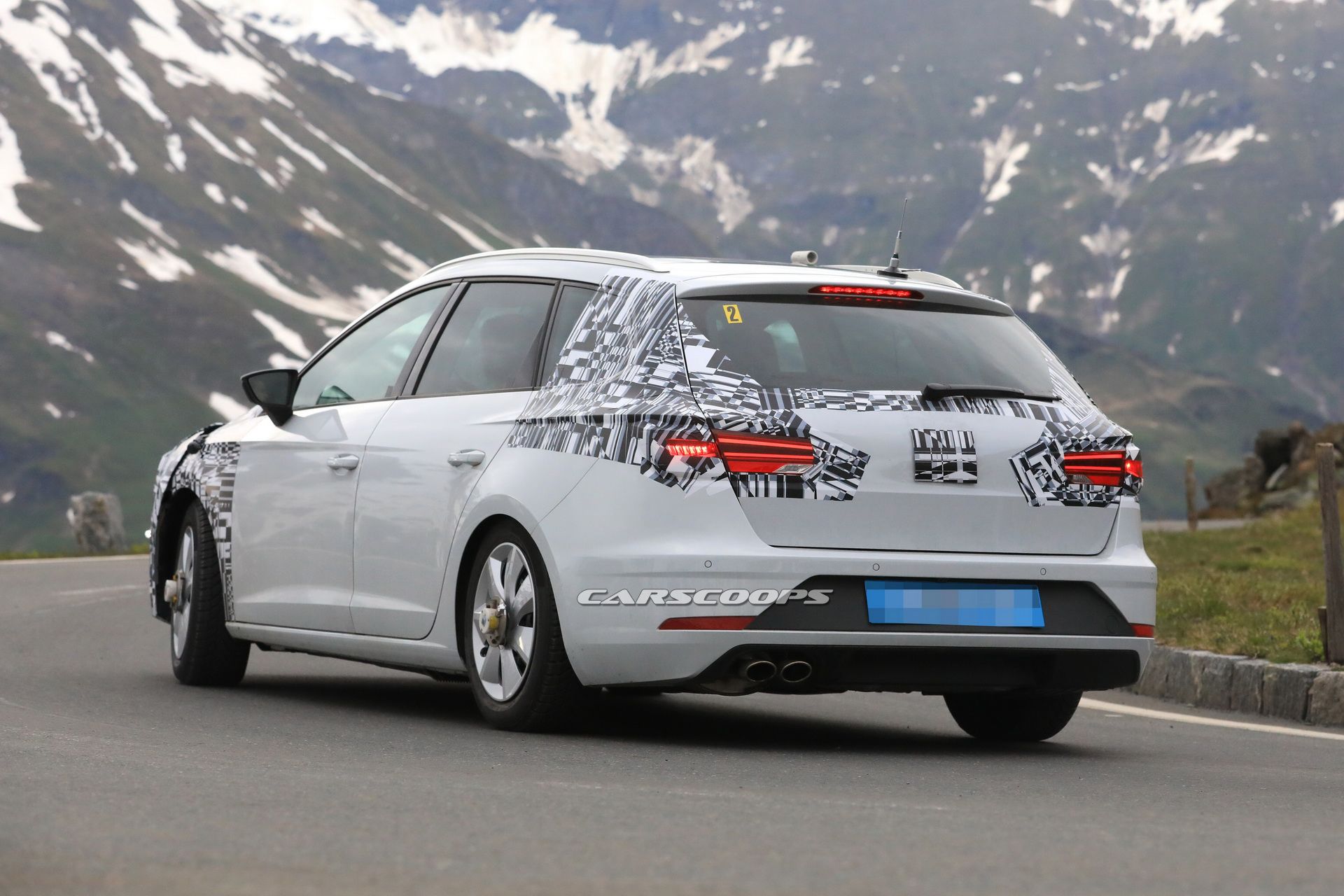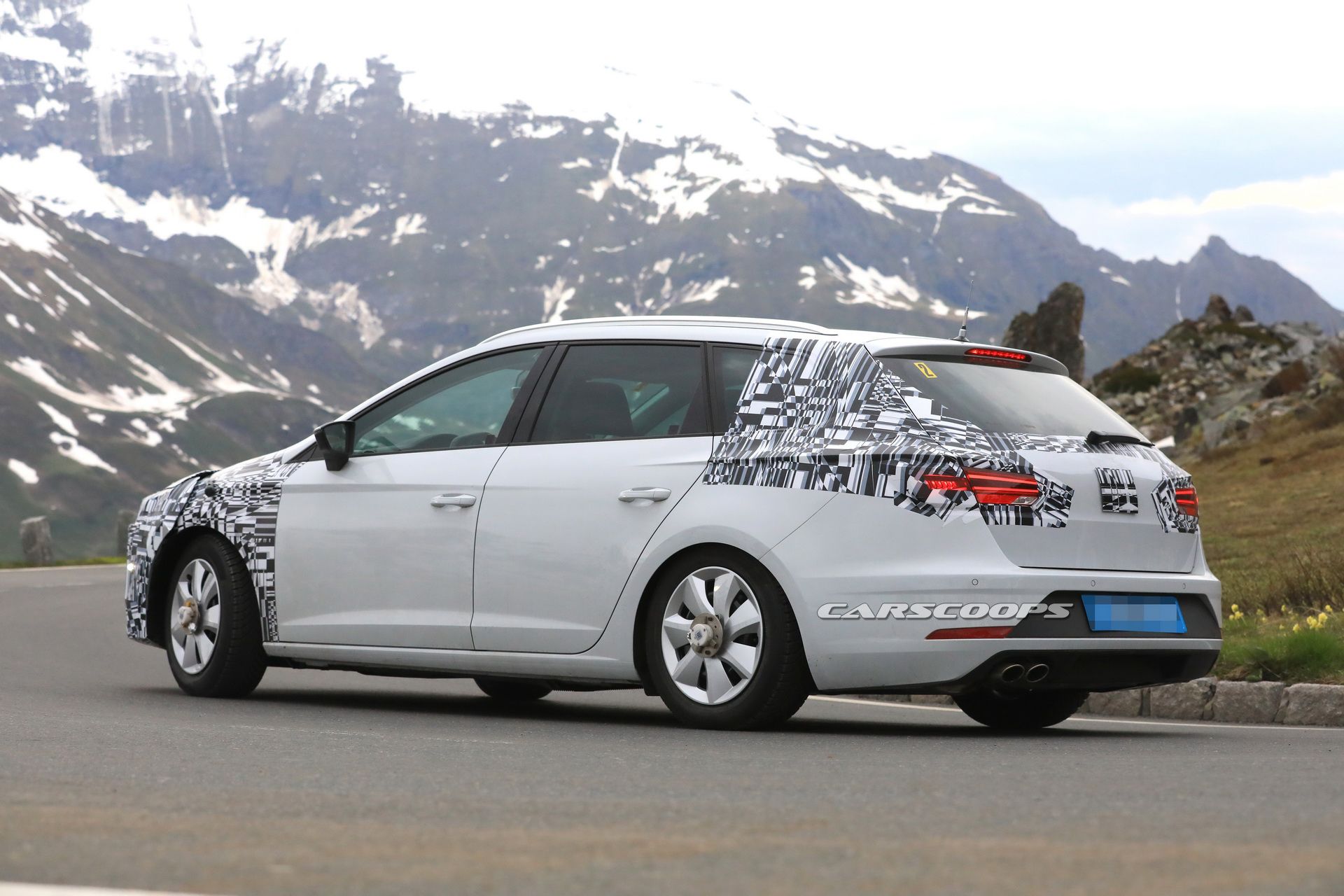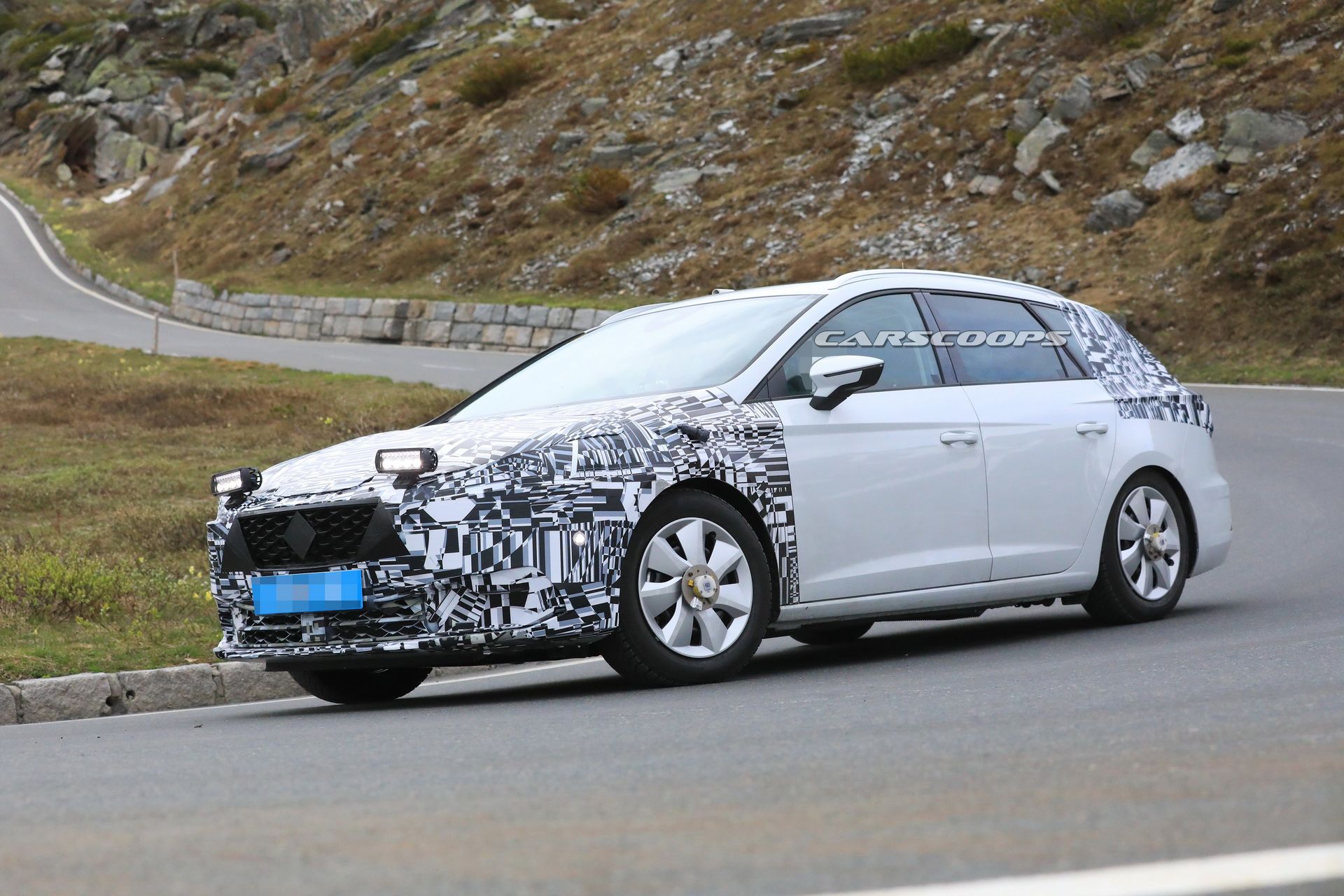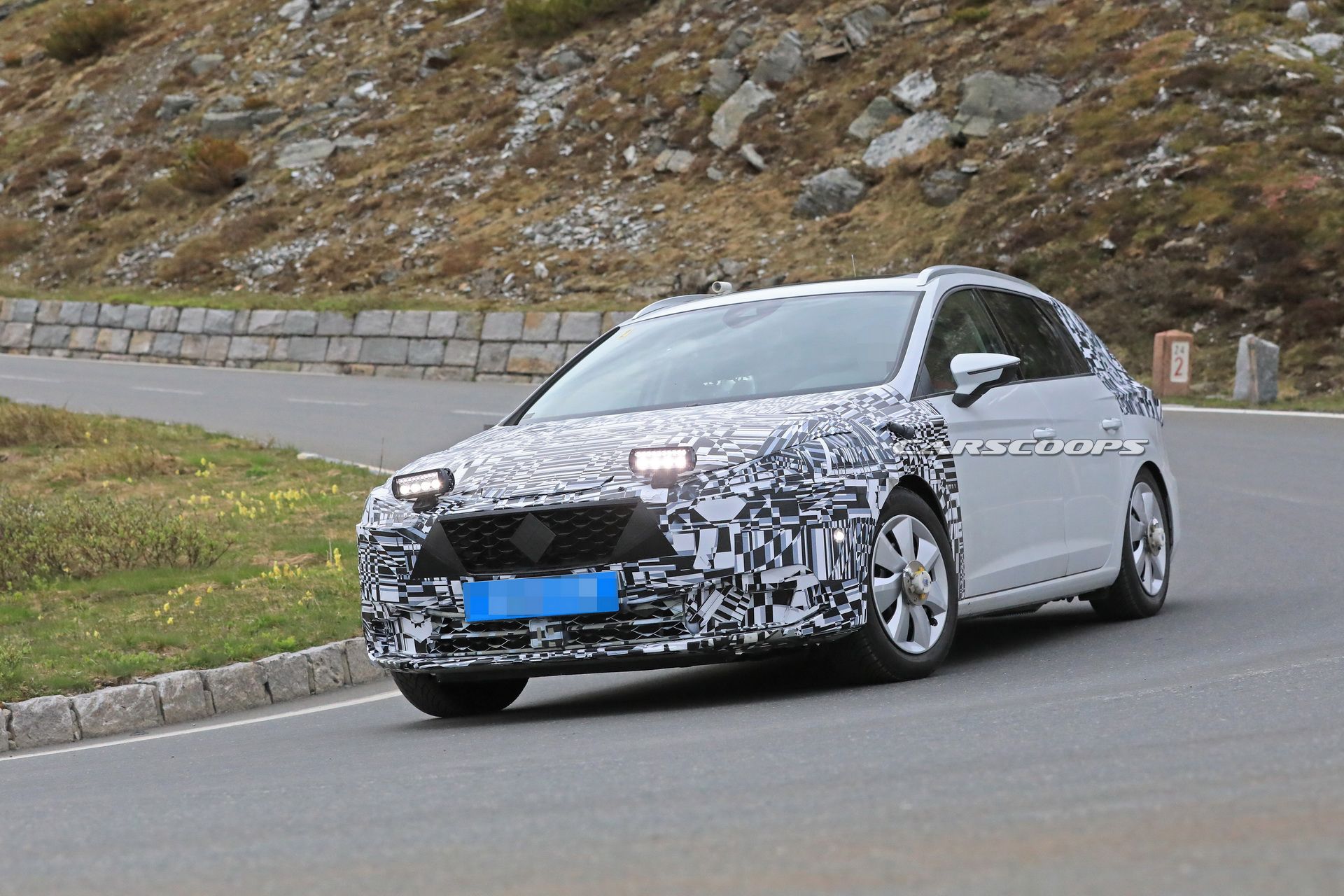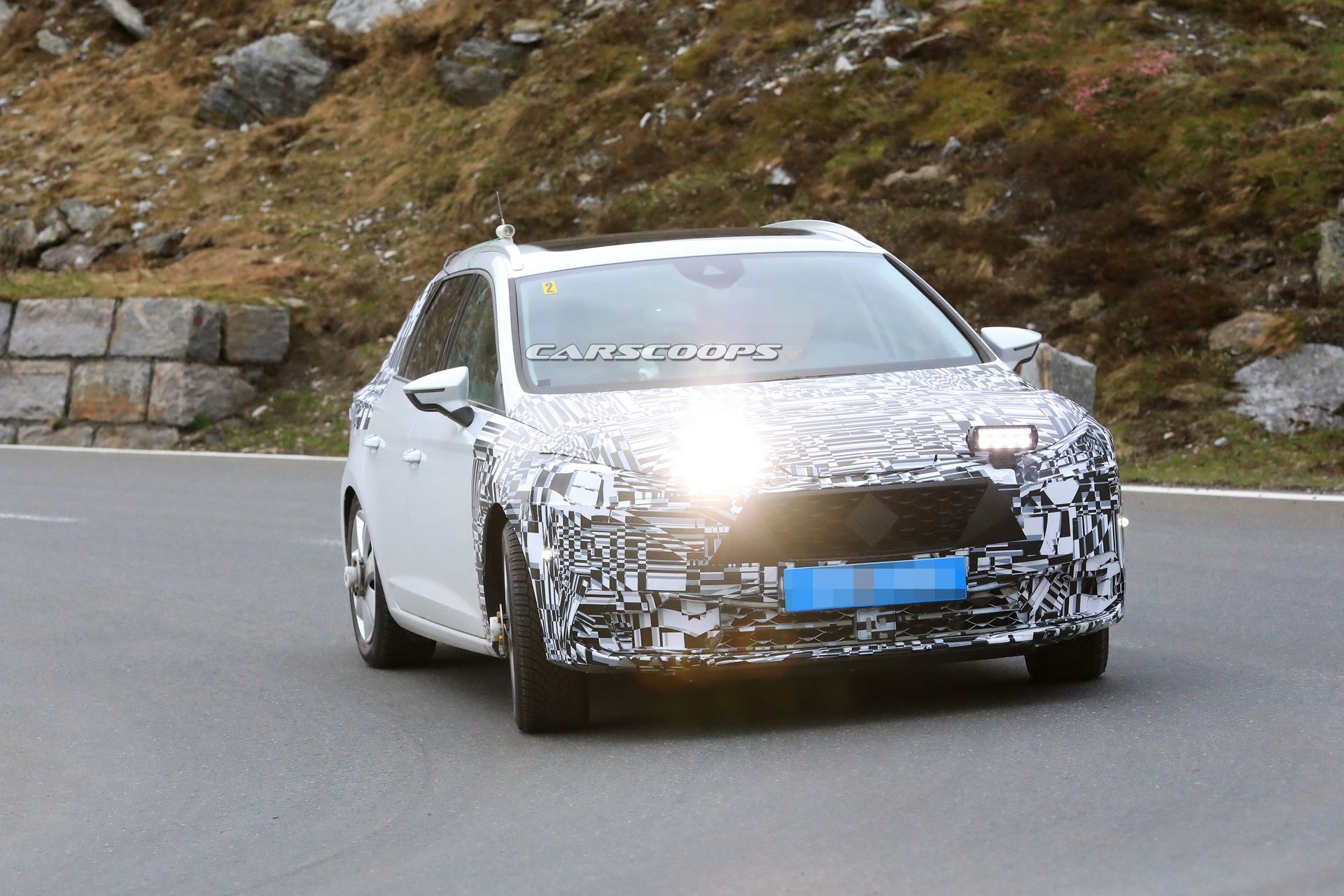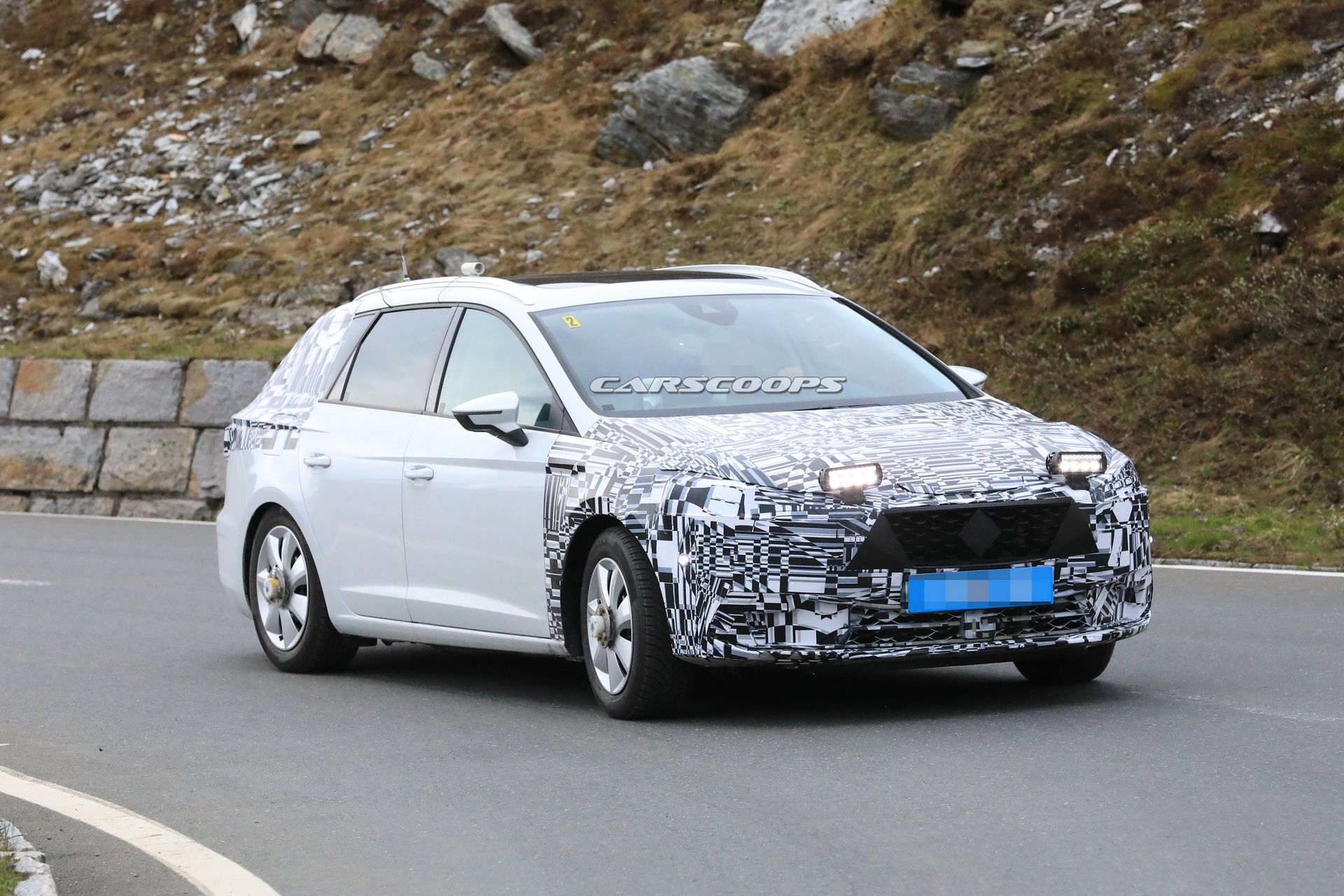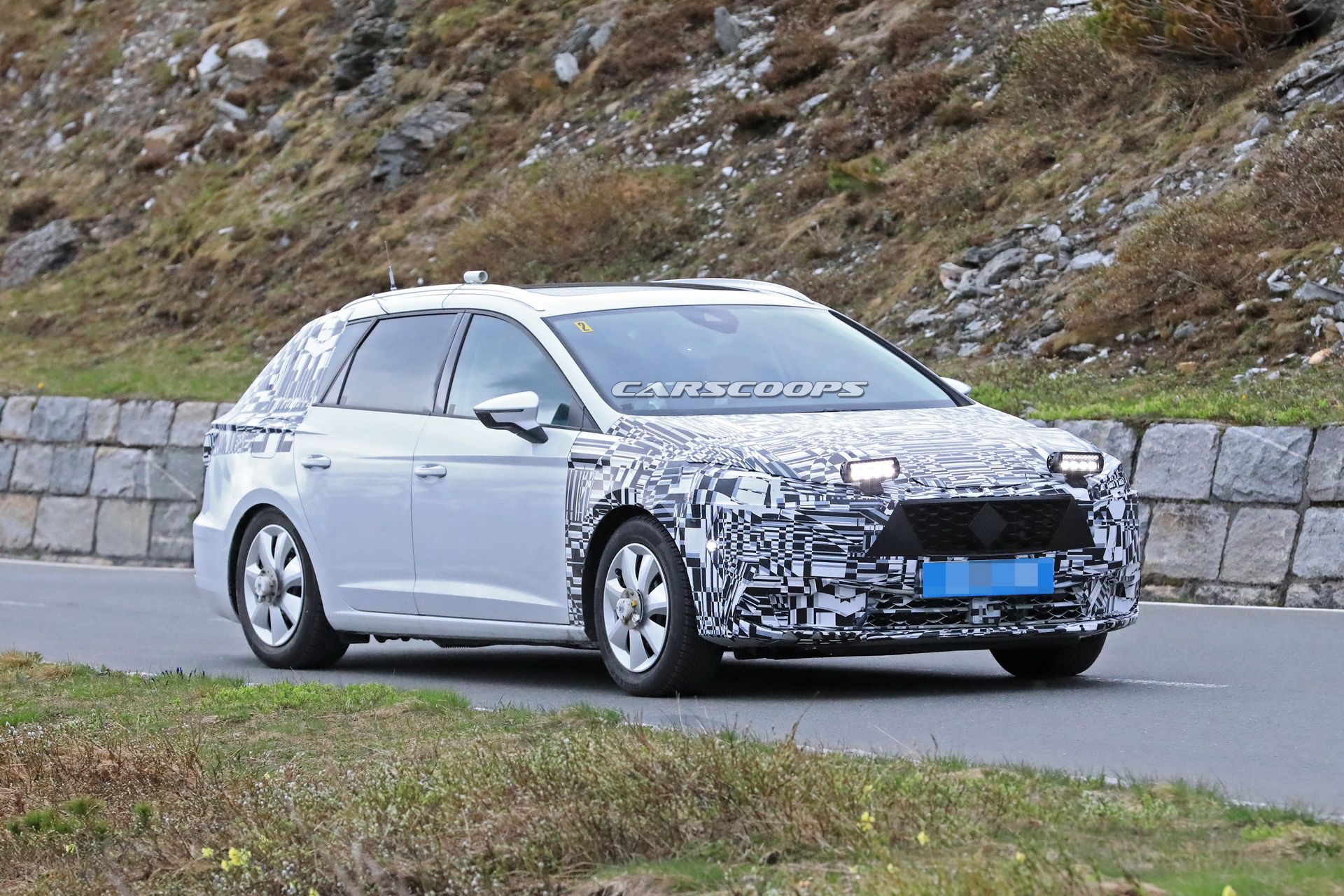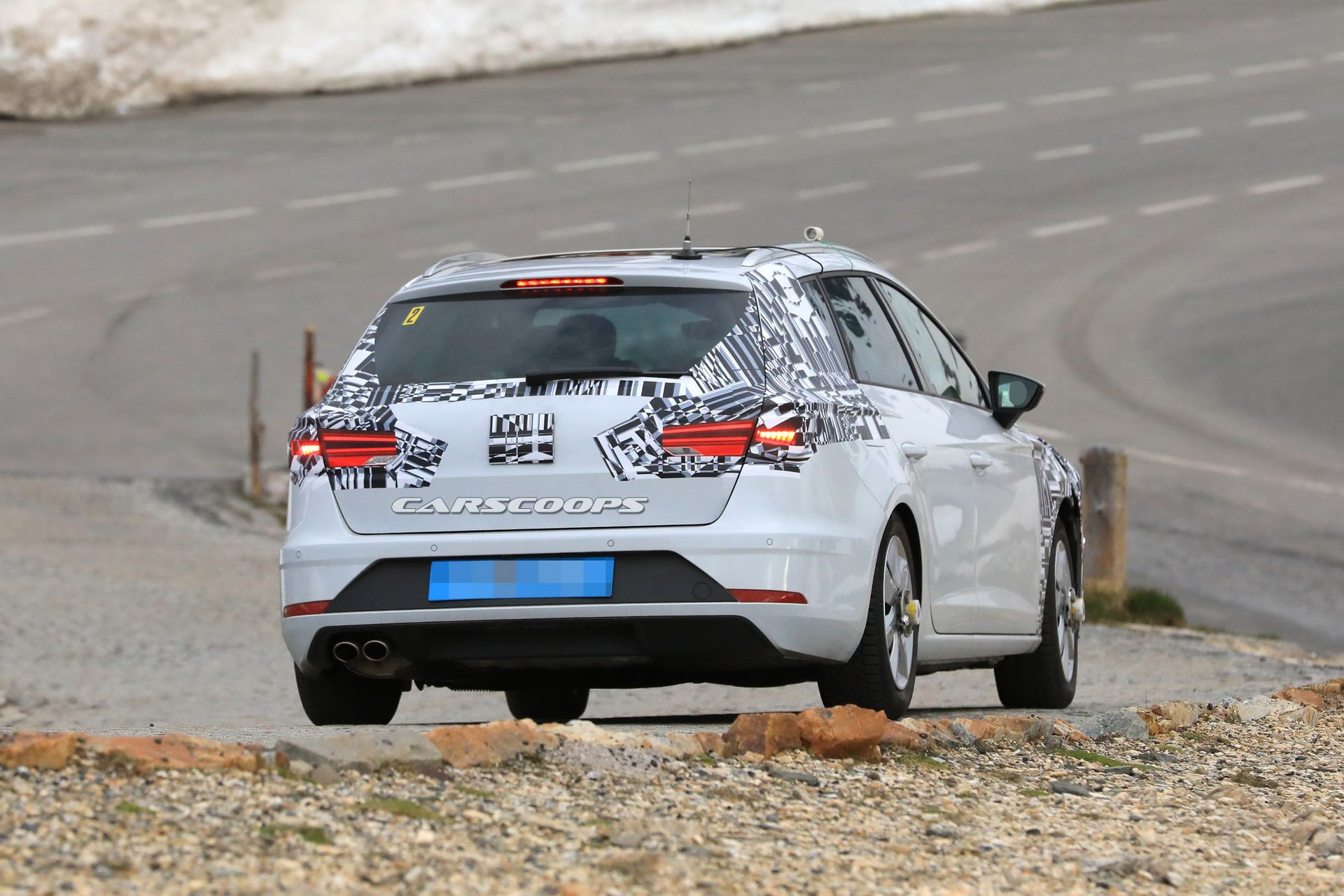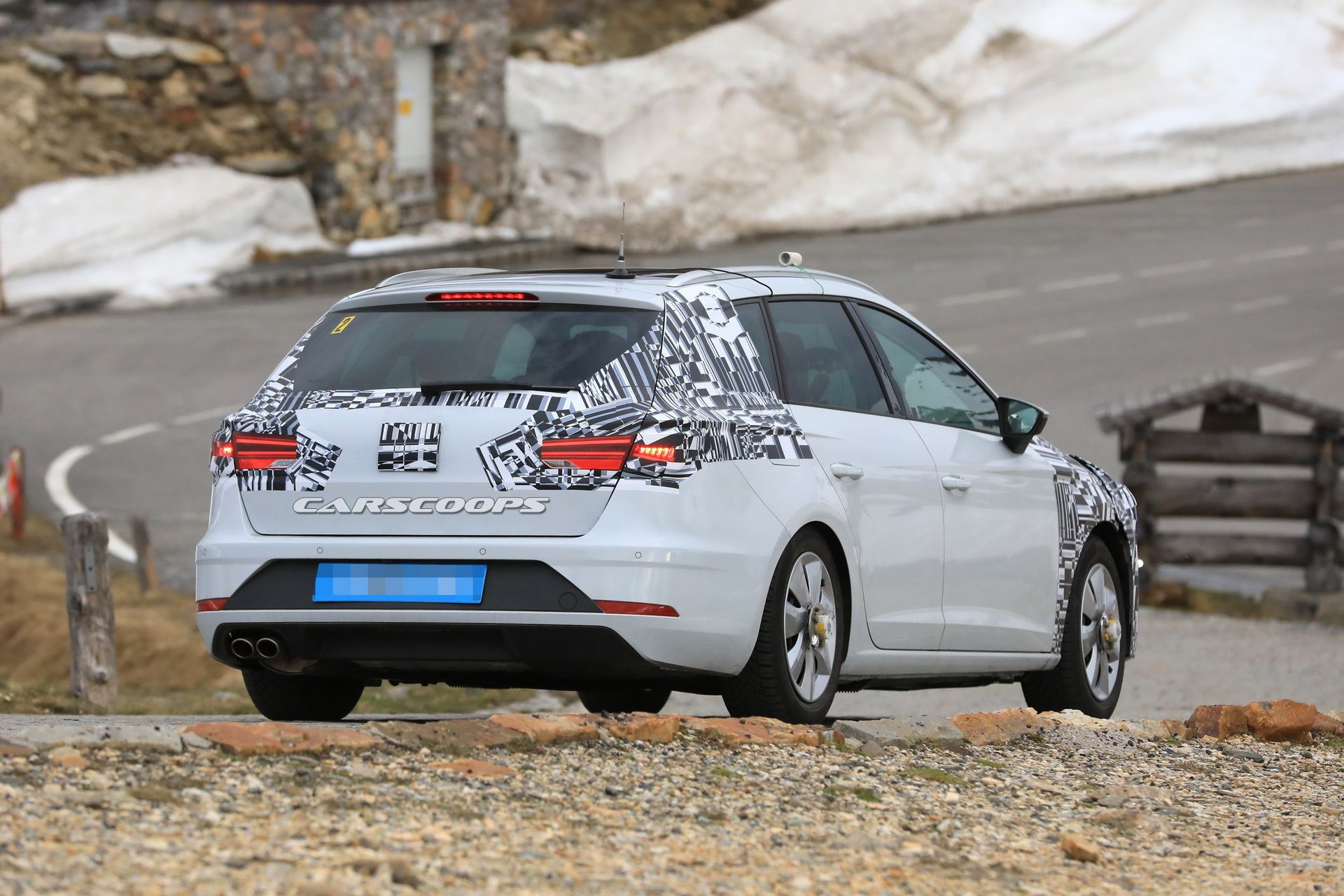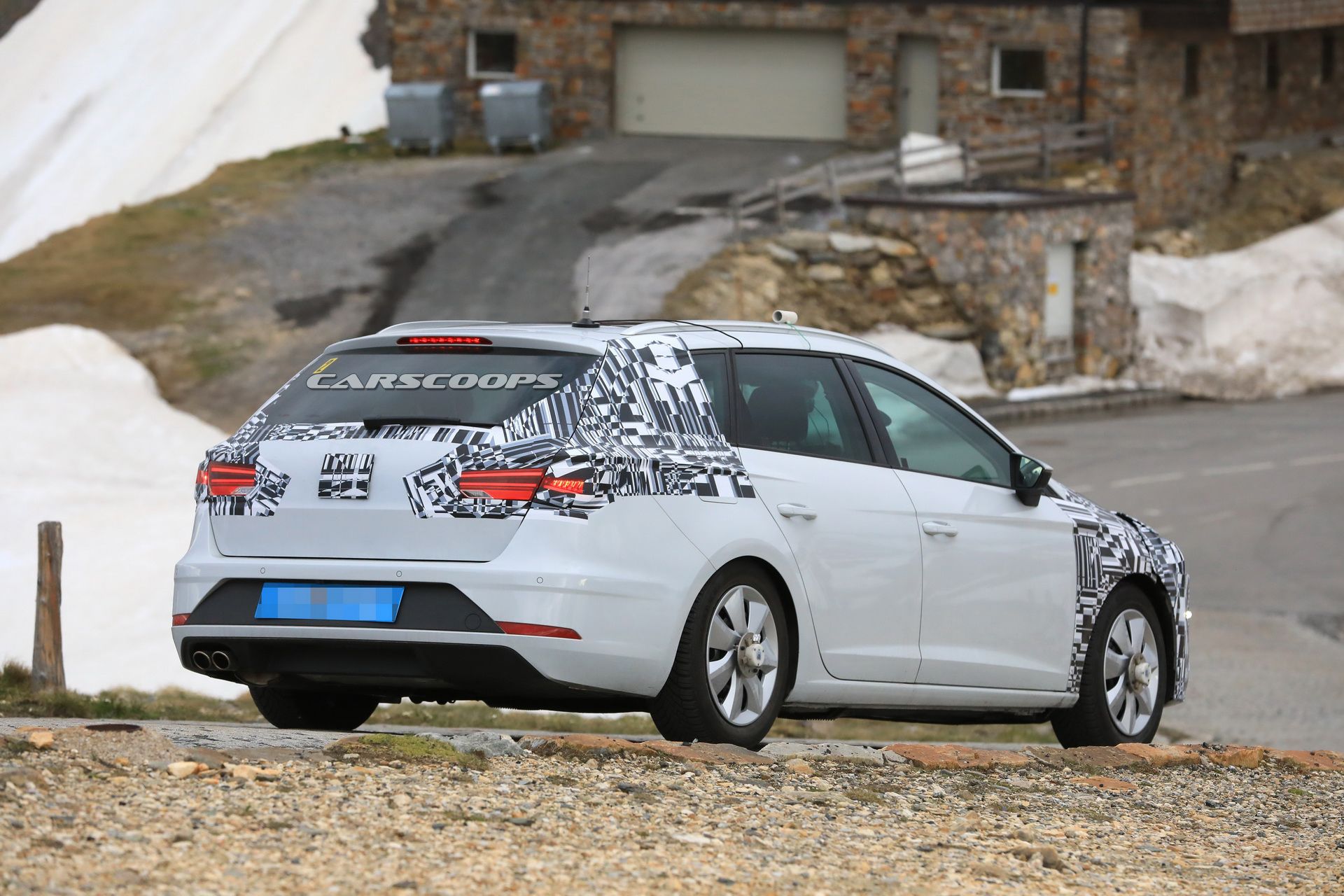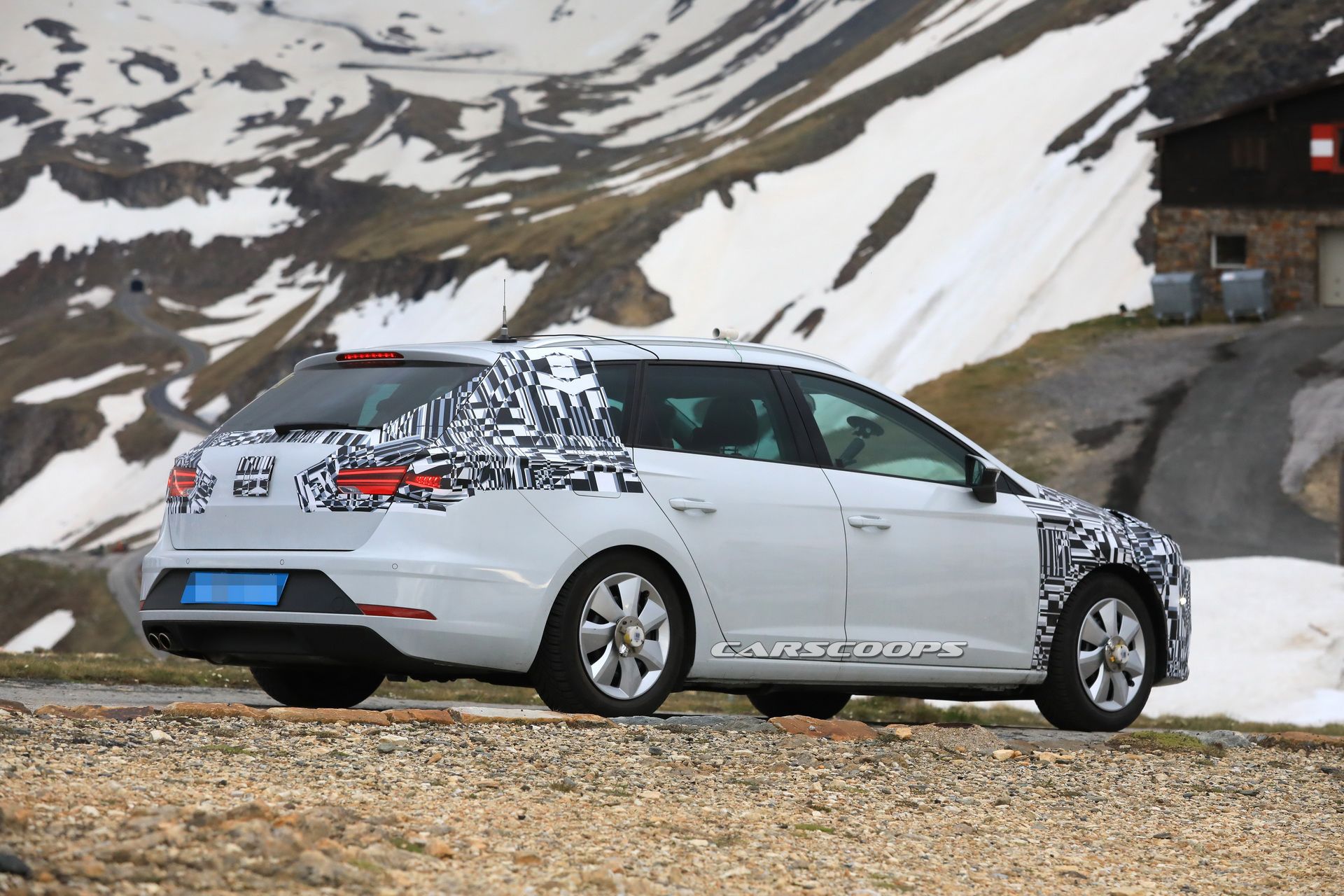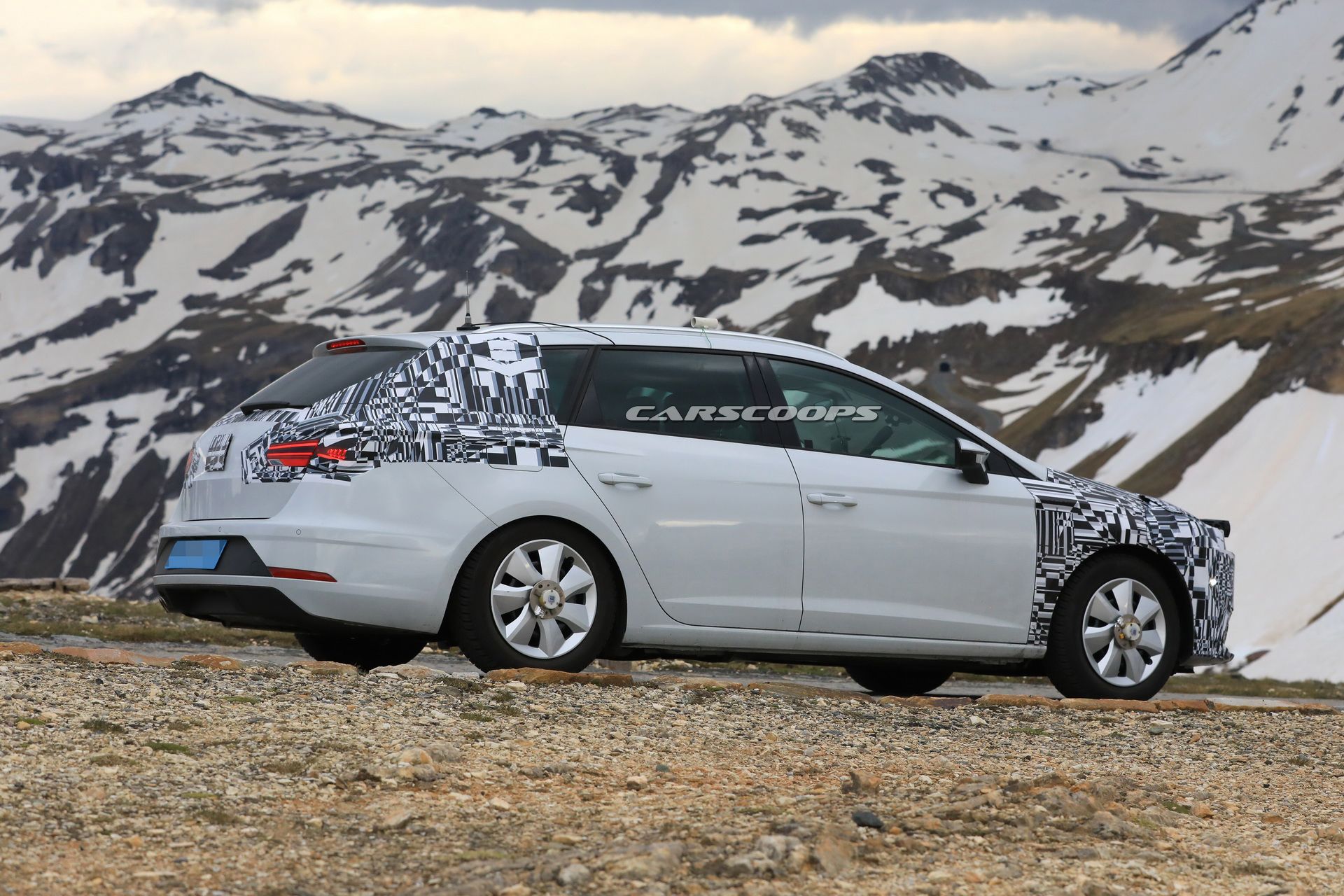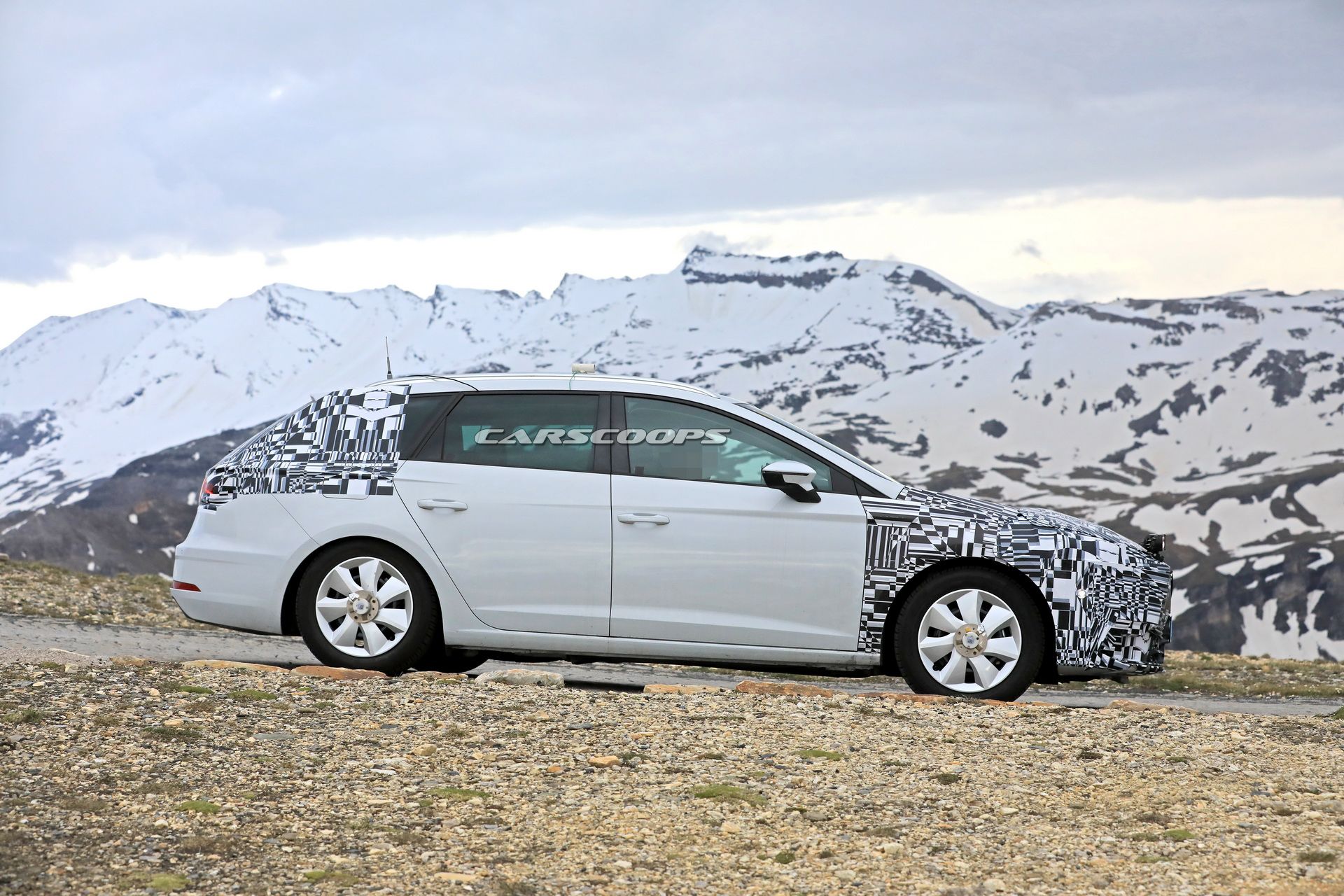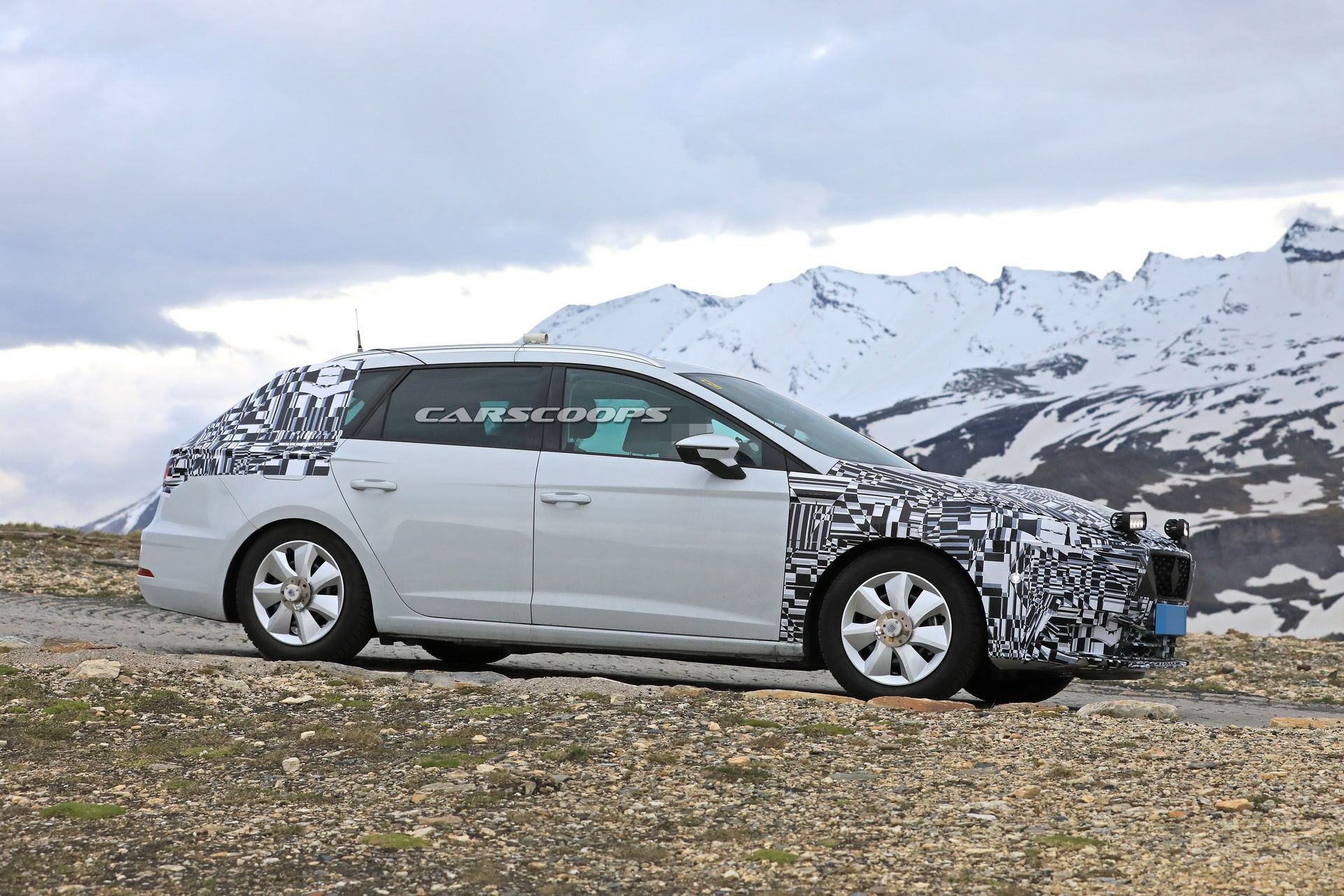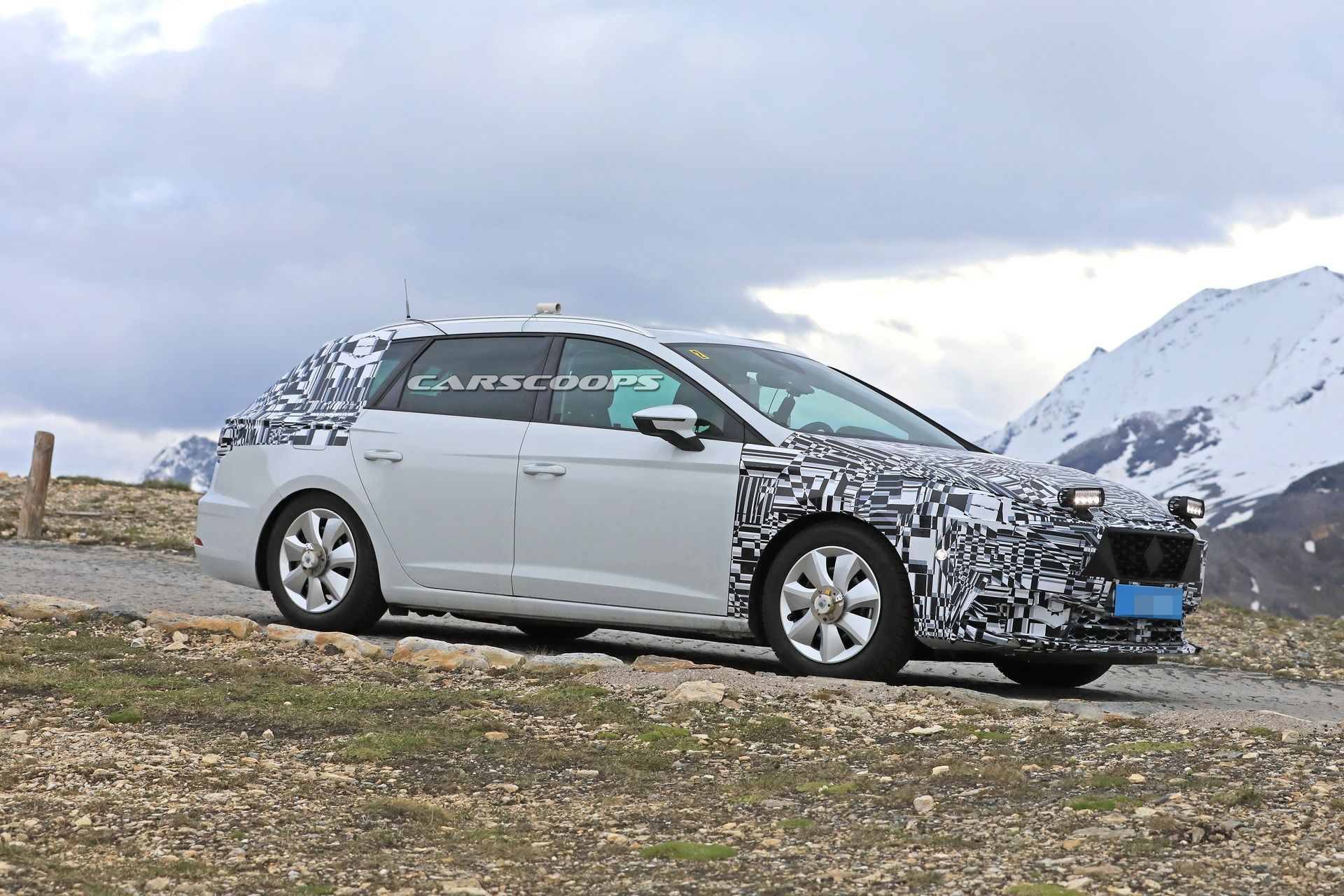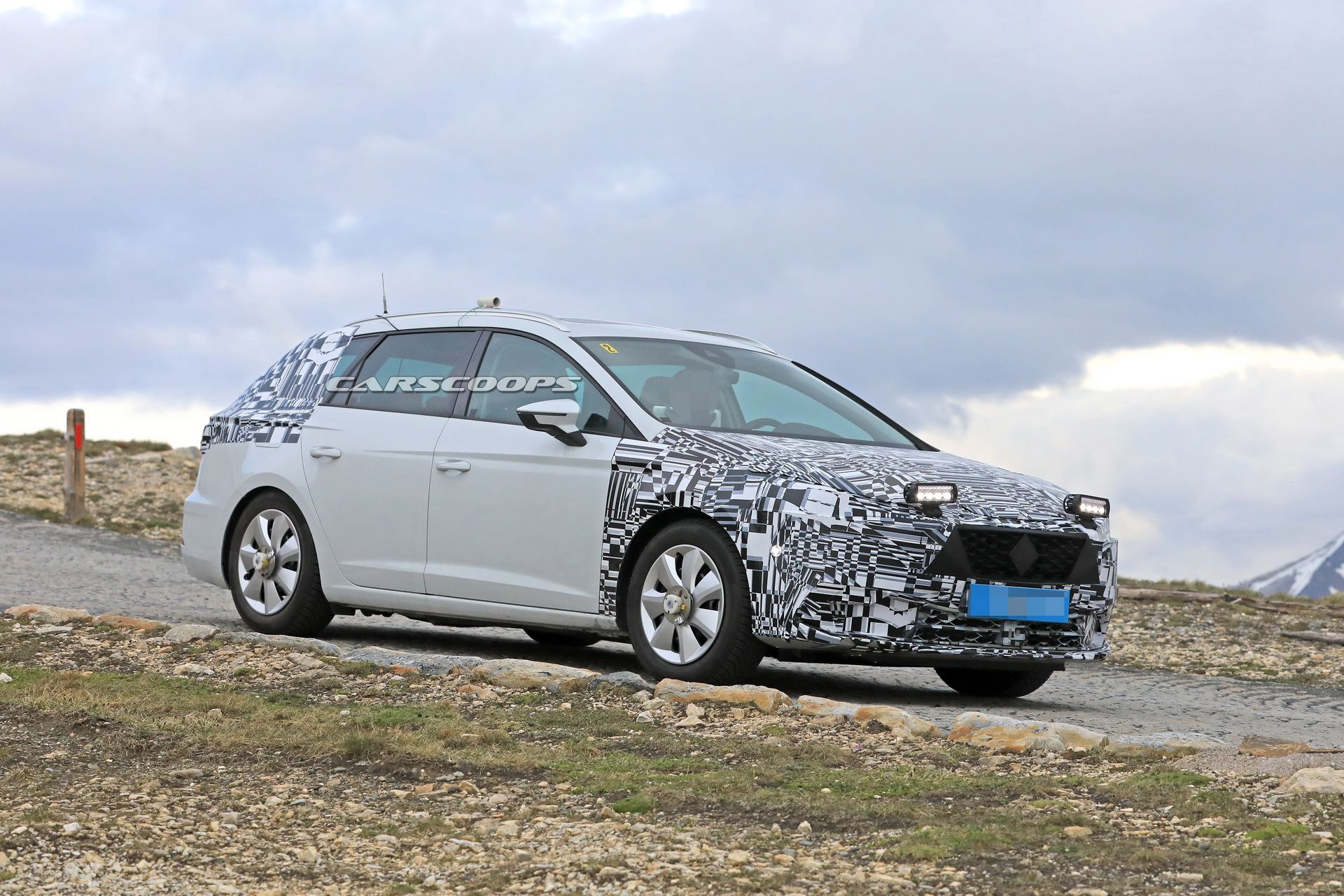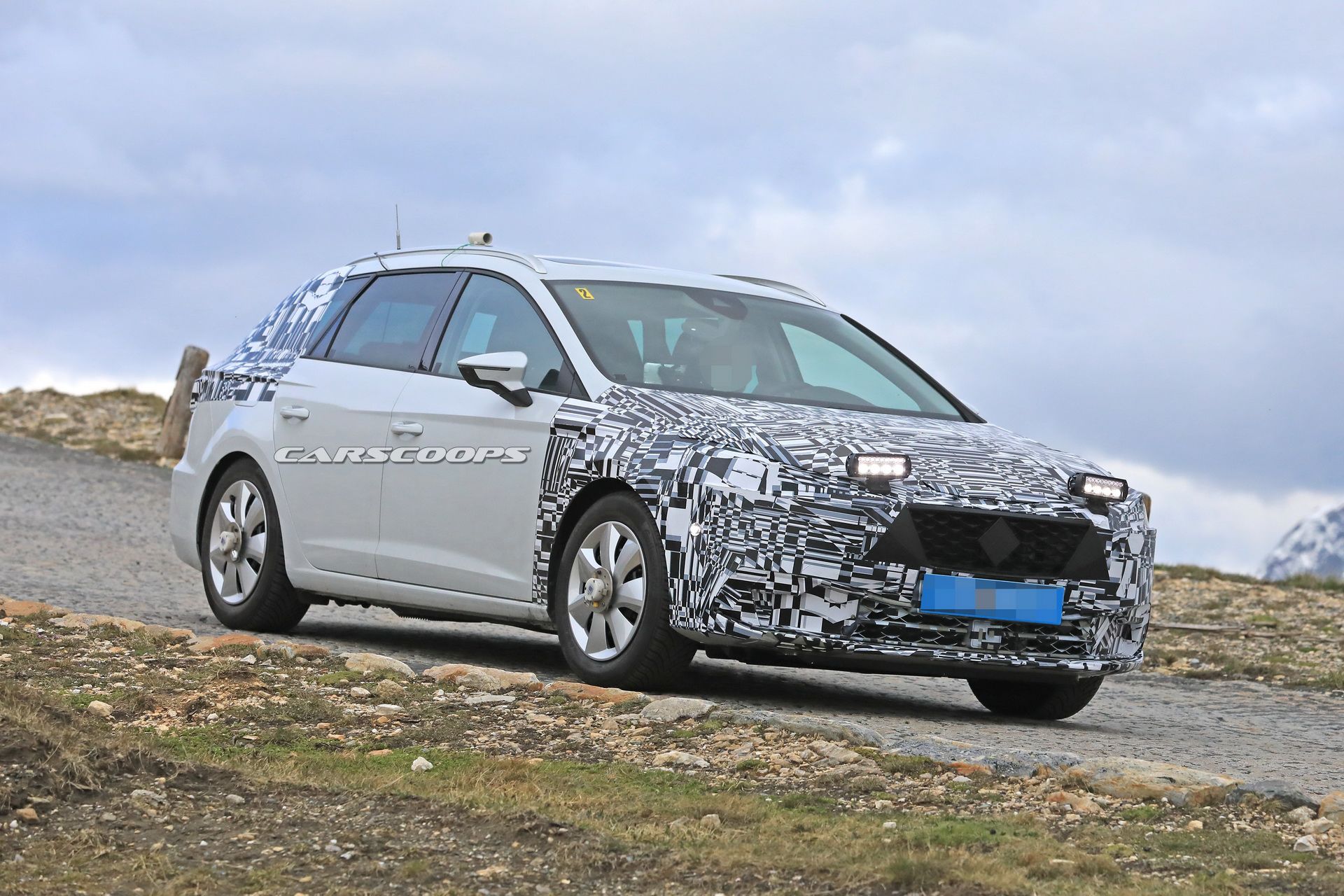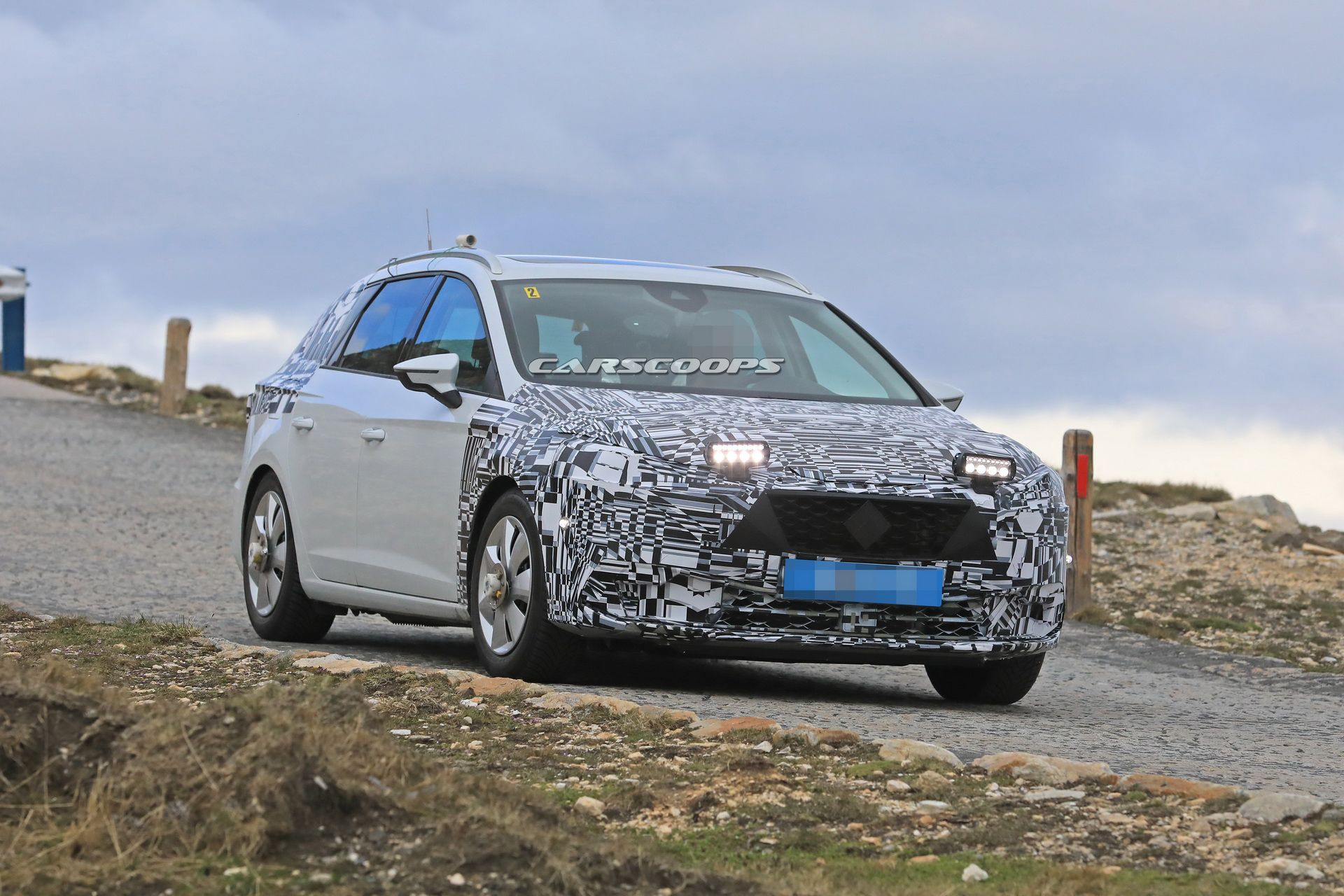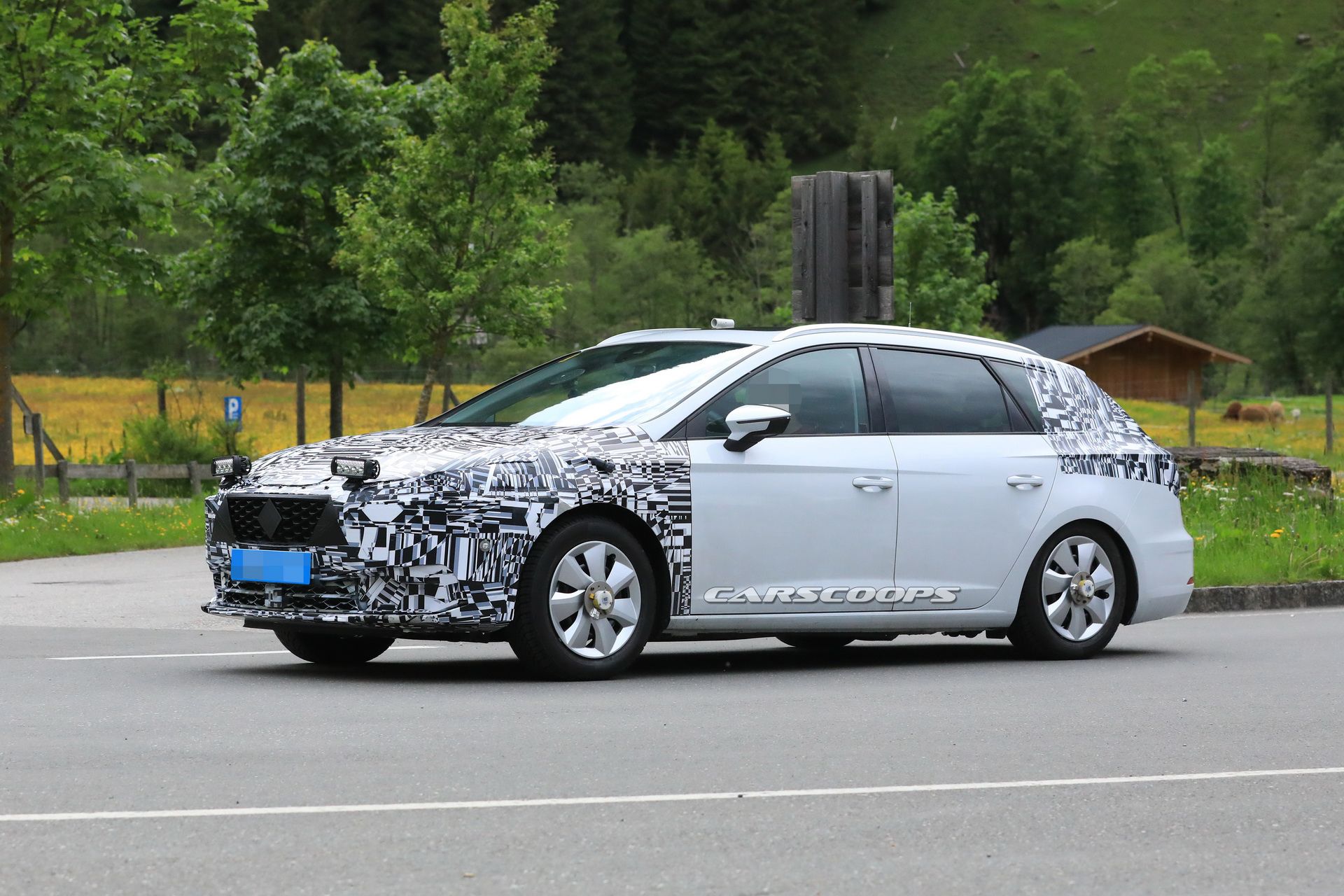Seat has begun public testing for the next-generation Leon, seen here underneath the current model’s estate bodywork. That fully camouflaged front fascia however isn’t all that deceiving.
For starters, we can tell that it houses a much larger grille than the current model’s. Factor in the placement of the headlights (which look very sharp by the way), and it looks very similar to the front fascia of the new Tarraco SUV, which has already been leaked online.
The all-new Leon is part of Seat’s recent 2020 offensive, where a new car will be introduced every six months until the end of the decade. The 5-door hatchback and estate (ST) models will land first, followed by a PHEV version with an all-electric range of at least 50 km (31 miles).
VW Inside, Seat Outside
Underneath its new bodywork, the next-gen Leon will continue to be based on the VW Group’s MQB platform, same as the current model. Yet, expect the wheelbase to grow by a few mm, in turn leading to improved legroom for rear seat passengers.
Overall cabin quality should also get a boost, as should the on-board tech. The 2019 Seat Leon will surely include segment-appropriate semi-autonomous systems, modern connectivity features and a better infotainment system than the current car – possibly a larger/updated version of the Arona’s 5-inch screen.
Same engines, new tech
A 1.6-liter diesel is expected to join a familiar engine range, consisting of 1.0 and 1.5-liter petrol units, with the latter to be combined with mild-hybrid tech.
Of course, it all leads up to Seat unveiling a fully electric compact model, based on VW’s MEB architecture. This will likely happen sometime after 2020, following the release of a Mii-based EV, initially.
The next-gen Seat Leon will be unveiled in 2019, when it will join one of the most competitive and crowded segments in the world. Models such as the VW Golf, Ford Focus, Opel Astra, Renault Megane, Peugeot 308, Toyota Auris, Hyundai i30, Kia Ceed, Mazda3 and the Honda Civic all await.



